Did you know that nearly 31 million Americans move each year? While the prospect of a fresh start is exciting, the reality of packing, organizing, and relocating can quickly turn into a challenging task.
Are you feeling overwhelmed by the thought of sorting through years of accumulated belongings? Or perhaps you’re worried about the chaos that moving day might bring? You're not alone. Moving is frequently regarded as one of life's most stressful events.
But with the right preparation and a few key moving tips, you can tackle the process with confidence and ease.
This blog will show you how to prepare for a move step by step so you can focus on the excitement of your new beginning.
Create a Moving Checklist: Steps to Prepare for Moving Day
Did you know that a good moving plan can make your move 30% less stressful? Moving can be a big job, but having a clear checklist can help you stay organized and make everything go more smoothly. Here’s how to prepare for a move:
Here are the essential steps to prepare for moving day:
1. Start Early – At Least Two Months Before Moving:
-
- Set your moving date and write it down.
- Make a timeline with all the tasks you need to do, like booking movers, getting packing supplies, and updating your address.
2. Declutter Your Home:
-
- Go through each room and decide what you want to keep, donate, sell, or throw away.
- This will help you move only the things you really need.
3. Find and Book a Moving Company:
-
-
Get quotes from different moving companies, read their reviews, and make sure they are licensed and insured. You can do all these by just clicking here.
- Book your movers as soon as you can, especially if you are moving during peak season.
-
4. Get Packing Supplies:
-
- Buy boxes, packing tape, bubble wrap, and markers.
- Consider special boxes for fragile items like dishes and electronics.
5. Plan Your Packing:
-
- Start packing things you don’t use often, like seasonal clothes or extra kitchen items.
This might help you, too; when should you start packing to move?
- Label each box with its contents and the room it belongs to for easier unpacking.
6. Notify Utilities and Change Your Address:
-
- Contact your utility providers to turn off services at your old place and set them up at your new home.
- Update your address with the post office, banks, and other places that mail you.
7. Prepare for Moving Day:
-
- Confirm the details with your movers, including what time they will arrive.
- Pack a “moving day essentials” box with things like snacks, toiletries, a change of clothes, and important documents.
Declutter Before You Move: How to Downsize for Your New Home
One of the biggest challenges people face is how to declutter your house. The main problem arises when people don’t know where to start. Everything else becomes a piece of cake once you have laid out a proper plan.
Here’s how to declutter so you can move to your new home.
| Steps for decluttering before you move | Description |
|---|---|
| Assess Your Belongings | Go through each room and make a list of items you own. Evaluate what you really need. |
| Sort and Categorize | Divide items into categories: Keep, Donate, Sell, and Discard. |
| Set Goals for Decluttering | Establish specific goals, such as reducing the number of items by 25% or clearing out one room each week. |
| Donate Unwanted Items | Choose a local charity or organization to donate items you no longer need. |
| Hold a Garage Sale | Sell items you don’t want at a garage sale or online marketplace. |
| Dispose of Unusable Items | Properly dispose of items that are broken or too worn out to be used or donated. |
| Recycle When Possible | Recycle old electronics, paper, and other materials according to local recycling guidelines. |
| Evaluate Storage Solutions | Consider whether you need additional storage solutions in your new home and adjust what you keep accordingly. |
| Pack Smartly | Pack the items you’re keeping in a way that saves space and makes unpacking easier. |
Packing Tips for Moving: How to Pack Efficiently
Packing tips are all about working smart, not hard. We, as humans, often have the tendency to complicate things. This is why below are some packing tips that will help you quickly pack for your move.
Start Early: Begin packing at least a few weeks before your move. This gives you ample time to sort and pack without feeling rushed.
Pack Room by Room: Tackle one room at a time. This approach keeps your packing organized and makes it easier to unpack later.
Use Quality Packing Materials: Buy some sturdy boxes, bubble wrap, and packing tape. These materials protect your belongings and prevent damage during the move.
Label Boxes Clearly: Clearly label each box with its contents and the room to which it belongs. This will make unpacking more straightforward and help you find items quickly.
Pack Essentials Separately: Create a separate "essentials box" with items you'll need immediately, such as toiletries, snacks, and important documents. Keep this box easily accessible.
Disassemble Furniture: Take apart large furniture, such as bed frames and tables, to save space and avoid damage. Keep screws and small parts in labelled bags.
Wrap Fragile Items Carefully: Use bubble wrap or packing paper for delicate items like glassware and electronics. Mark these boxes as "fragile" to ensure they are handled carefully.
Use Vacuum-Sealed Bags: For clothes and linens, vacuum-sealed bags can save space and reduce your packing volume.
Pack a Moving Day Kit: Prepare a kit with essentials for moving day, including tools, cleaning supplies, and a basic first aid kit.
Protect Your Clothes: Use wardrobe boxes or large plastic bags to keep your clothes wrinkle-free and easily transport.
Pack Heavy Items in Small Boxes: Pack heavier items like books in smaller boxes to avoid overloading large boxes. This makes them easier to carry and breaking.
Seal Boxes Properly: Use packing tape to seal all box openings securely. Reinforce the bottom of boxes with extra tape to prevent them from collapsing.
But what if you have little time and a lot of stuff to pack? Well, read Moving Tips for Last-Minute Moves to find out.
Moving with Kids and Pets: Tips for Moving
Moving with kids and pets demands extra planning and organization for a smooth transition.
Here are some tips to help you manage the move:
- Prepare Kids and Pets in Advance:
- For Kids: Talk about the move ahead of time. Explain what to expect and involve them in the process to make it feel less intimidating.
- For Pets: Gradually introduce them to moving supplies and environmental changes to reduce stress.
- Create a Moving Day Plan:
-
-
- For Kids: Arrange for a trusted friend or family member to take care of them on moving day. This will help them avoid the chaos and give you one less thing to worry about.
- For Pets: Keep pets in a quiet, secure space away from the moving activity. Consider using a pet carrier or crate to keep them safe and calm.
-
- Pack a Special Bag for Kids and Pets:
- For Kids: Pack a bag with their favourite toys, snacks, and comfort items to keep them entertained and comforted during the move.
- For Pets: Include their food, water, toys, and any medications they need in an easily accessible bag.
- Update Identification:
- For Kids: Make sure your child has updated contact information and understands how to reach you if they get separated.
- For Pets: Ensure your pets have updated ID tags with your new address and contact information. Consider microchipping if you haven’t already.
- Visit the New Home:
- For Kids: If possible, visit the new home before moving day to familiarize them with the new environment.
- For Pets: Allow your pets to explore their new home gradually. Set up their bed and belongings in a quiet area to help them adjust.
- Keep a Routine:
- For Kids: Maintain familiar routines as much as possible during the move, such as meal times and bedtime routines.
- For Pets: Stick to your pet’s regular feeding and exercise routines to help them adjust to their new surroundings.
- Be Patient and Supportive:
- For Kids: Provide extra attention and reassurance during the move. Moving can be a big adjustment, and your support will help them feel more secure.
- For Pets: Be patient as your pet adjusts to their new home. Give them time to explore and feel comfortable in their new environment.
Choosing the Right Moving Company: How to Find Movers Near You
Most people will have different criteria for choosing the right company, but one thing that will remain the same is "how to find movers near you."
Choosing the right moving company can make a big difference in your move. Start by searching for moving companies near me and read their reviews to see what other customers say. Get quotes from a few companies to compare their prices and services.
Make sure the movers are licensed and insured to keep your belongings safe. Ask friends or family for recommendations and check their past experiences.
For example, if you find a highly rated local mover with good reviews and a fair price, that’s a great sign you’re on the right track.
Also, take a look at the best moving companies:















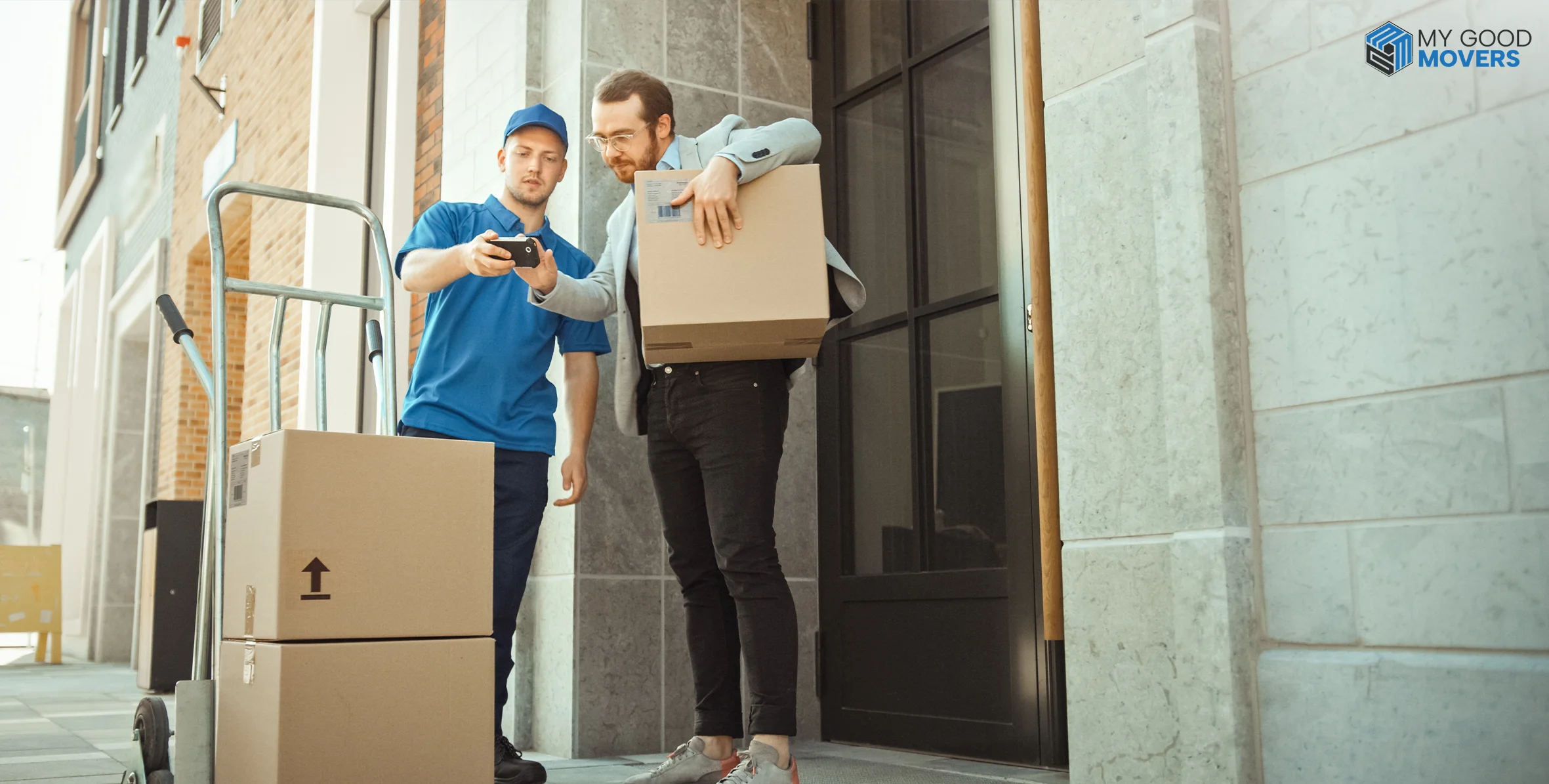
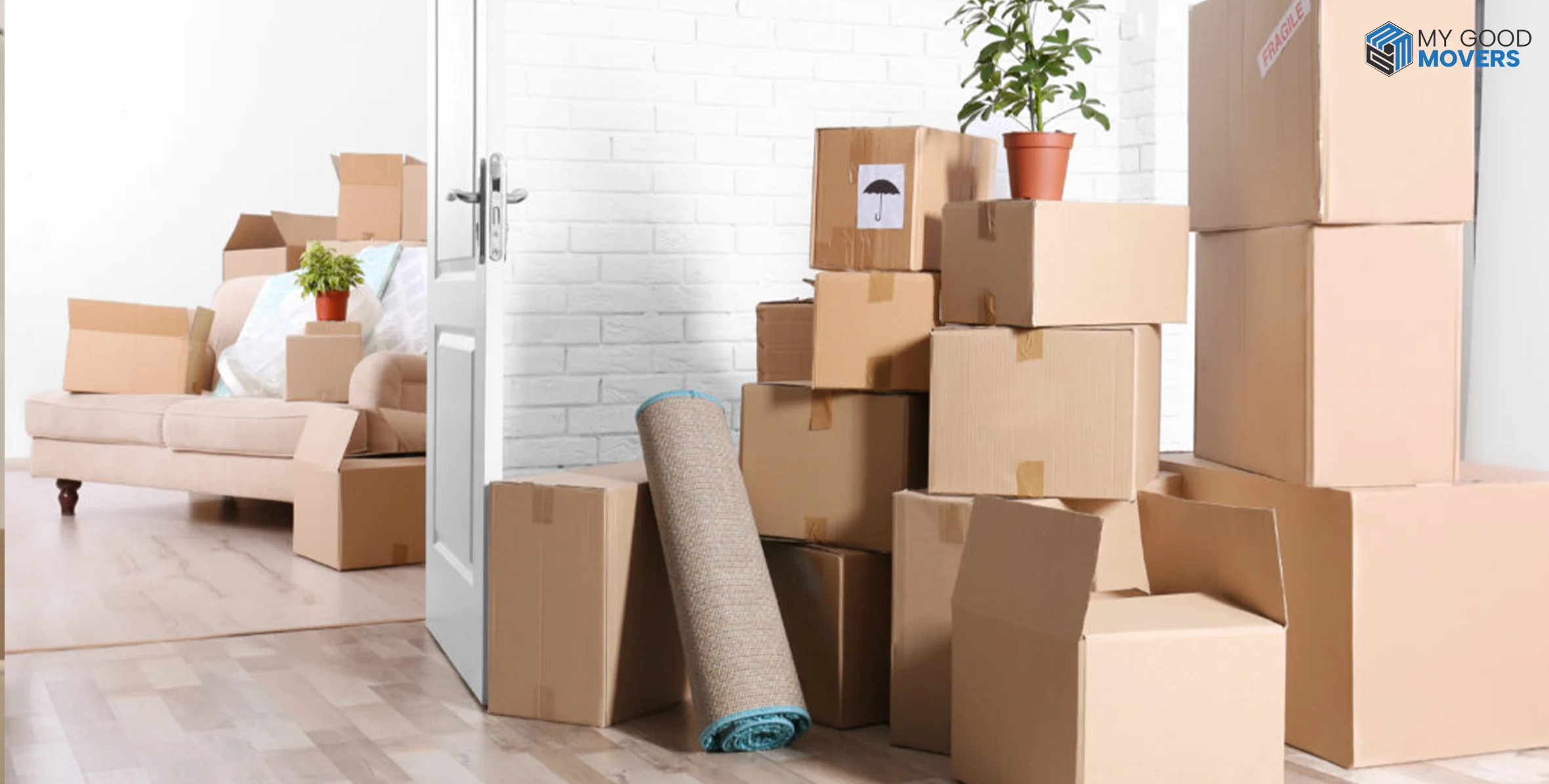
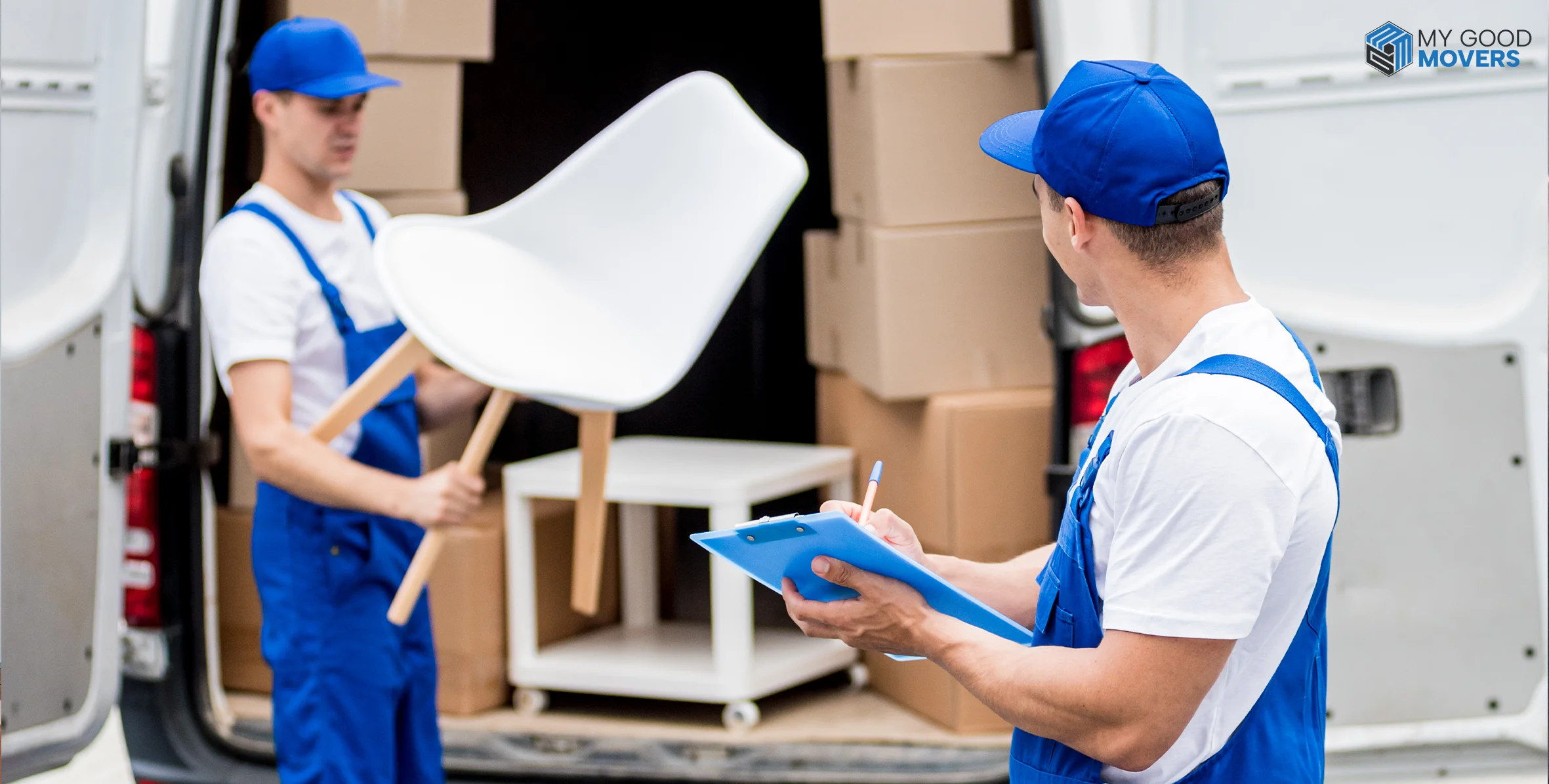
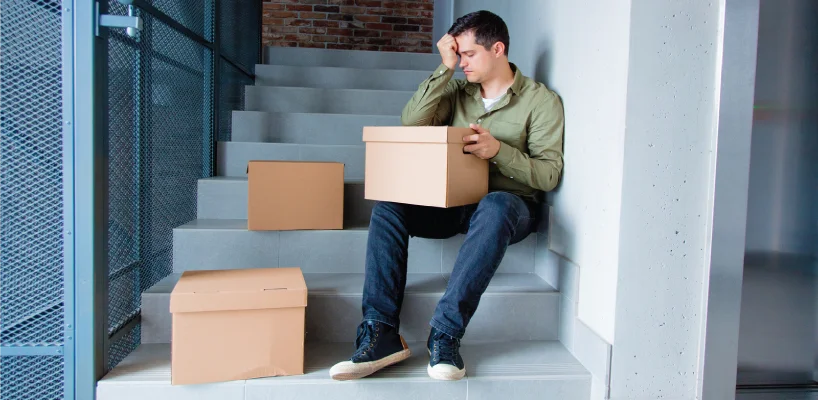
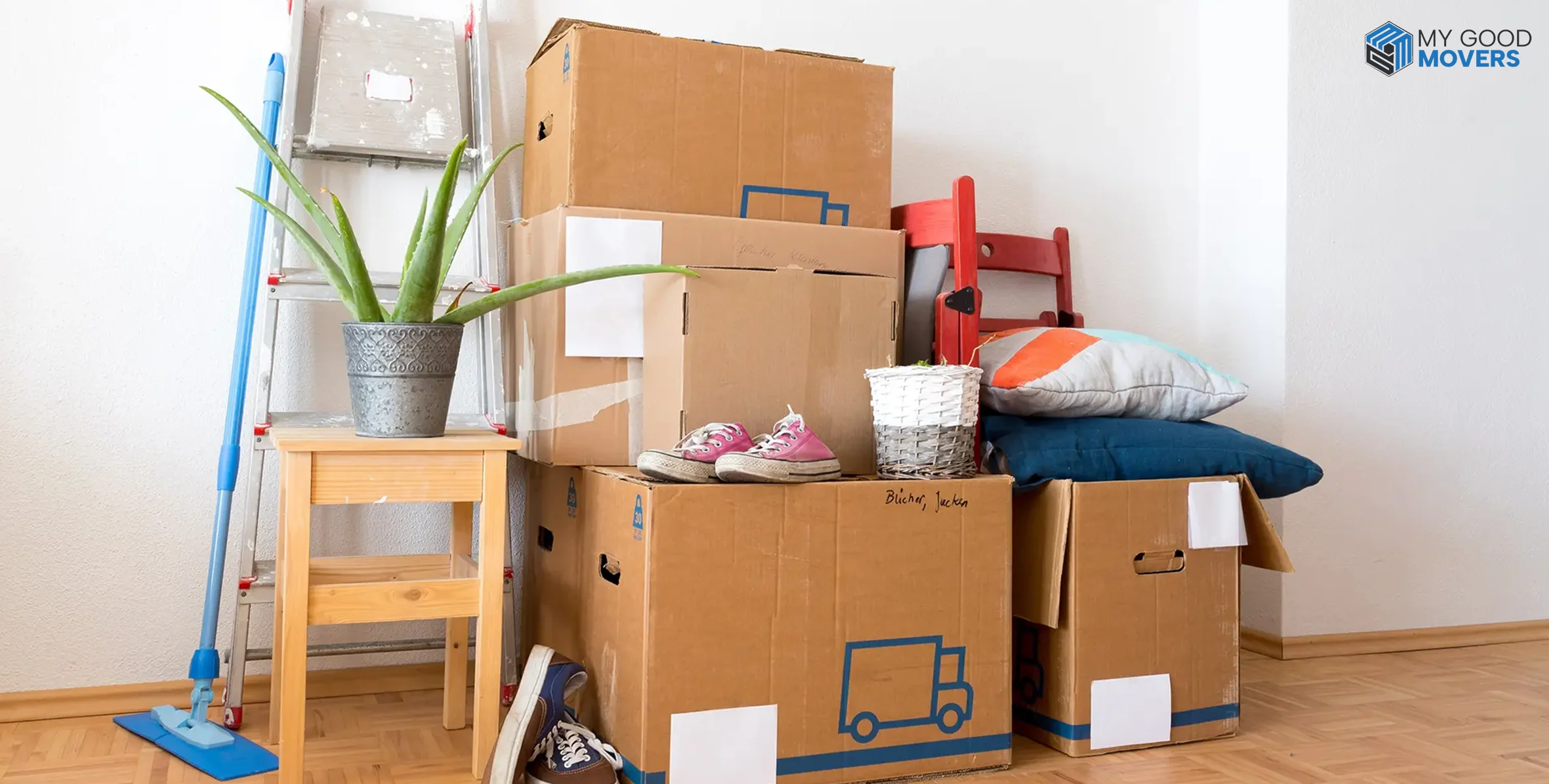


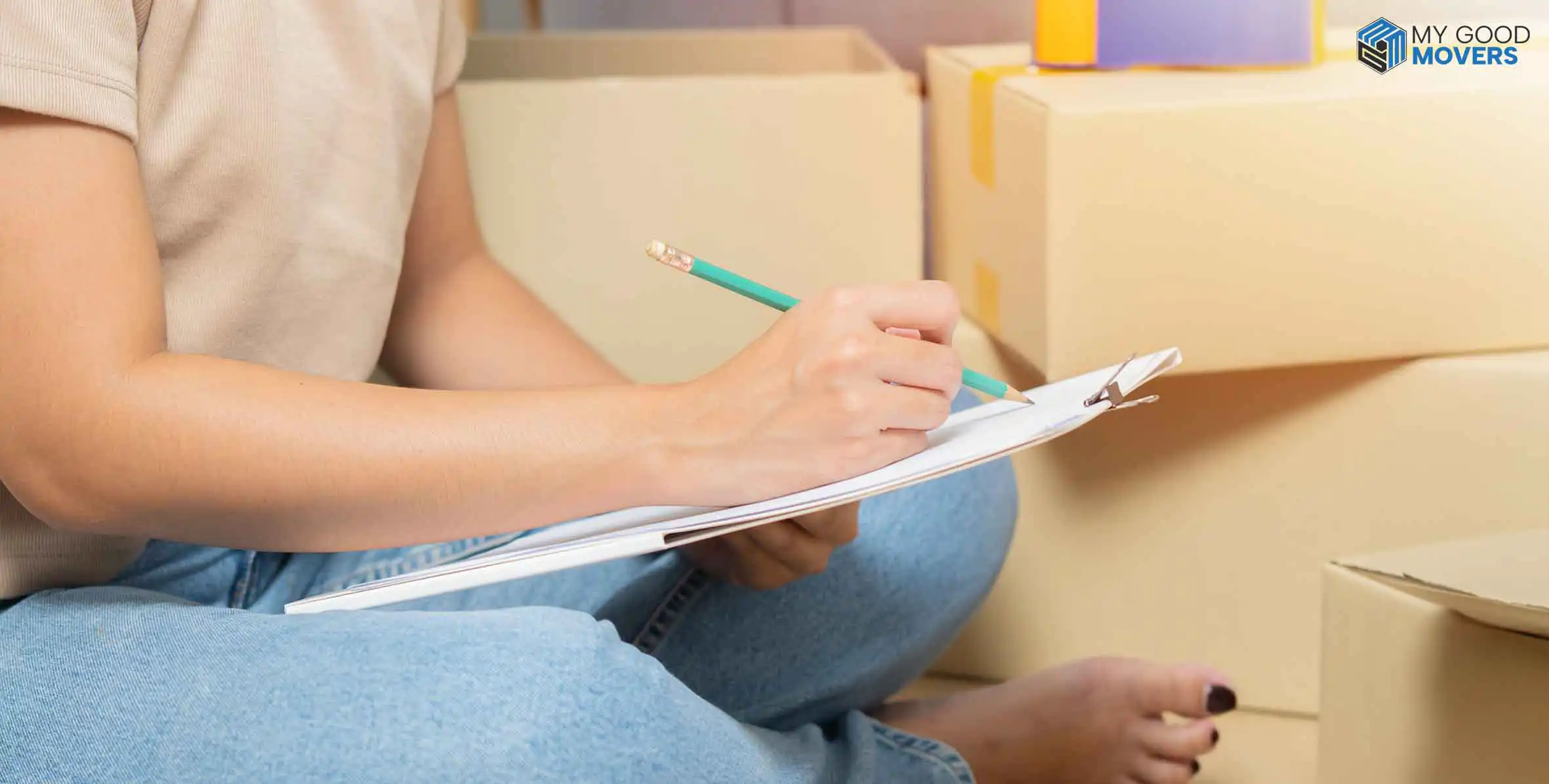




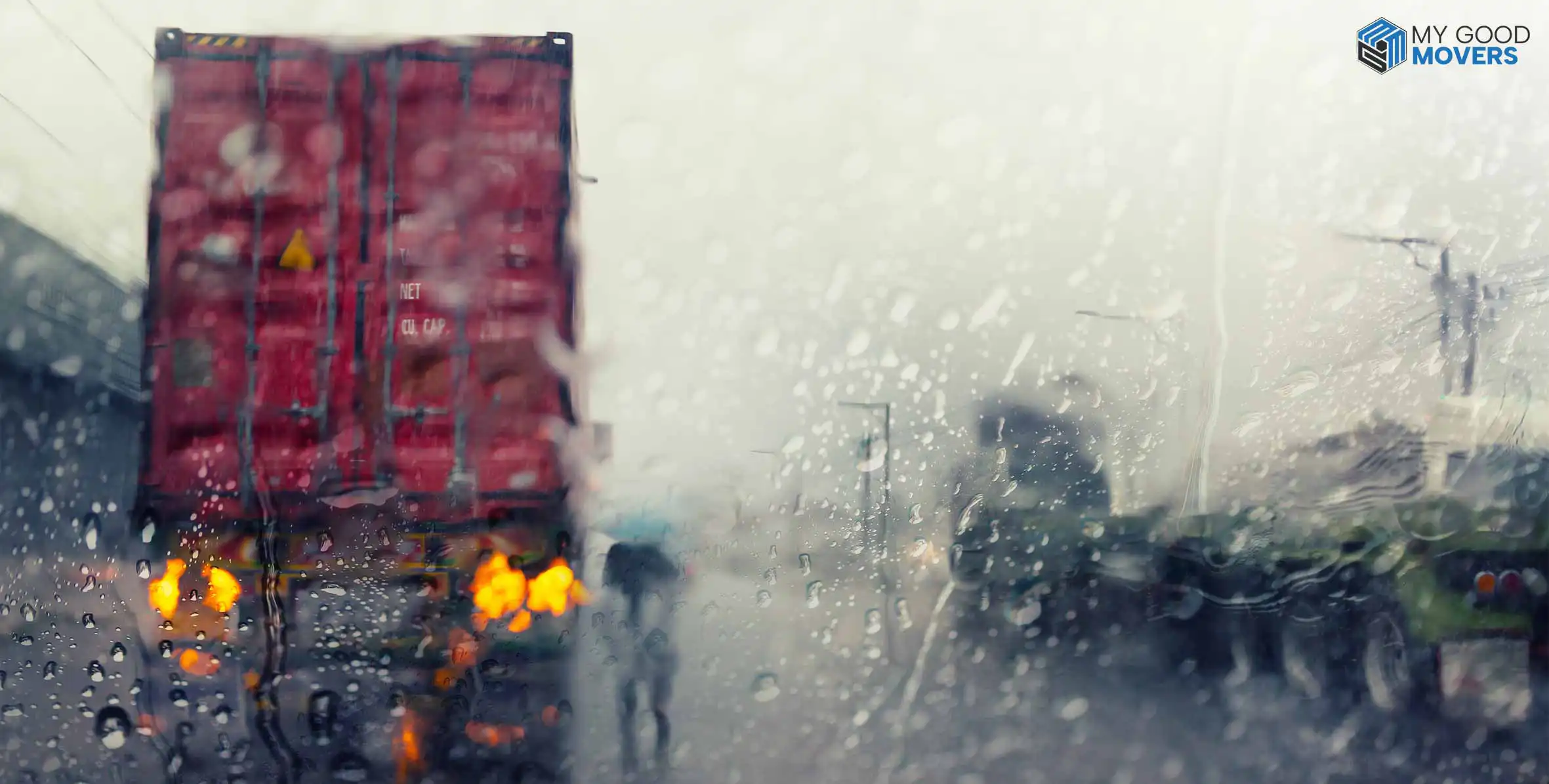

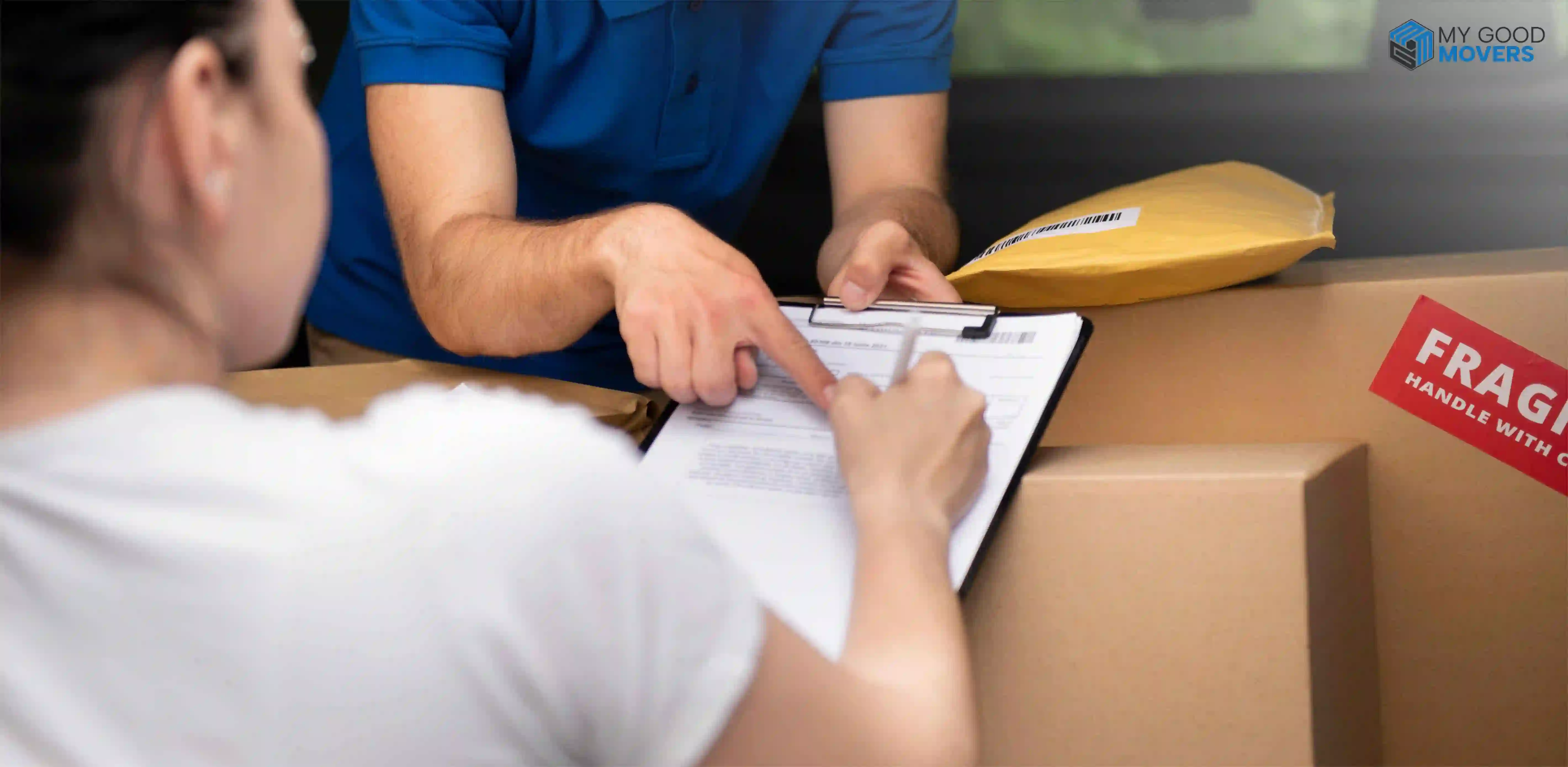


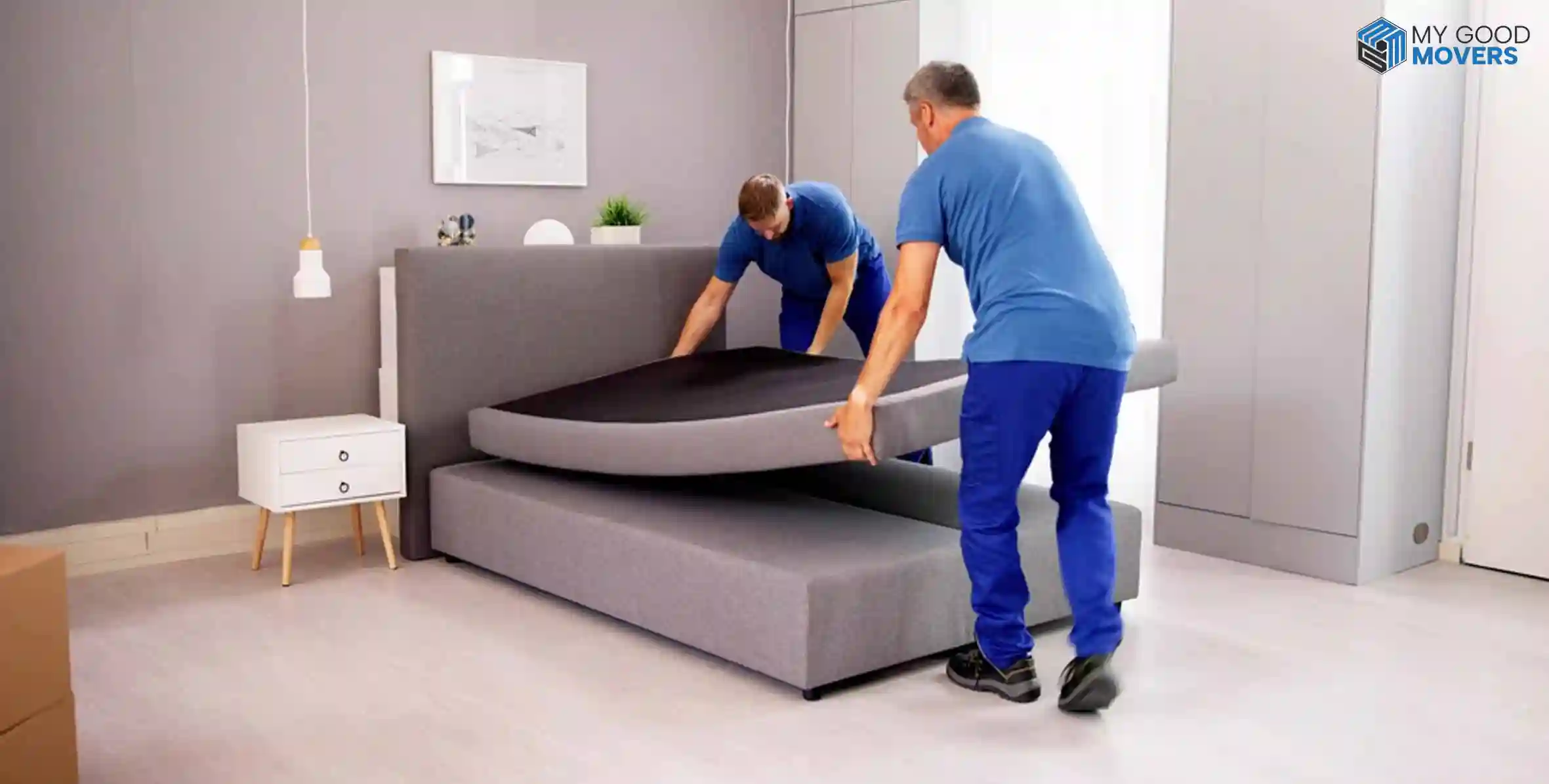



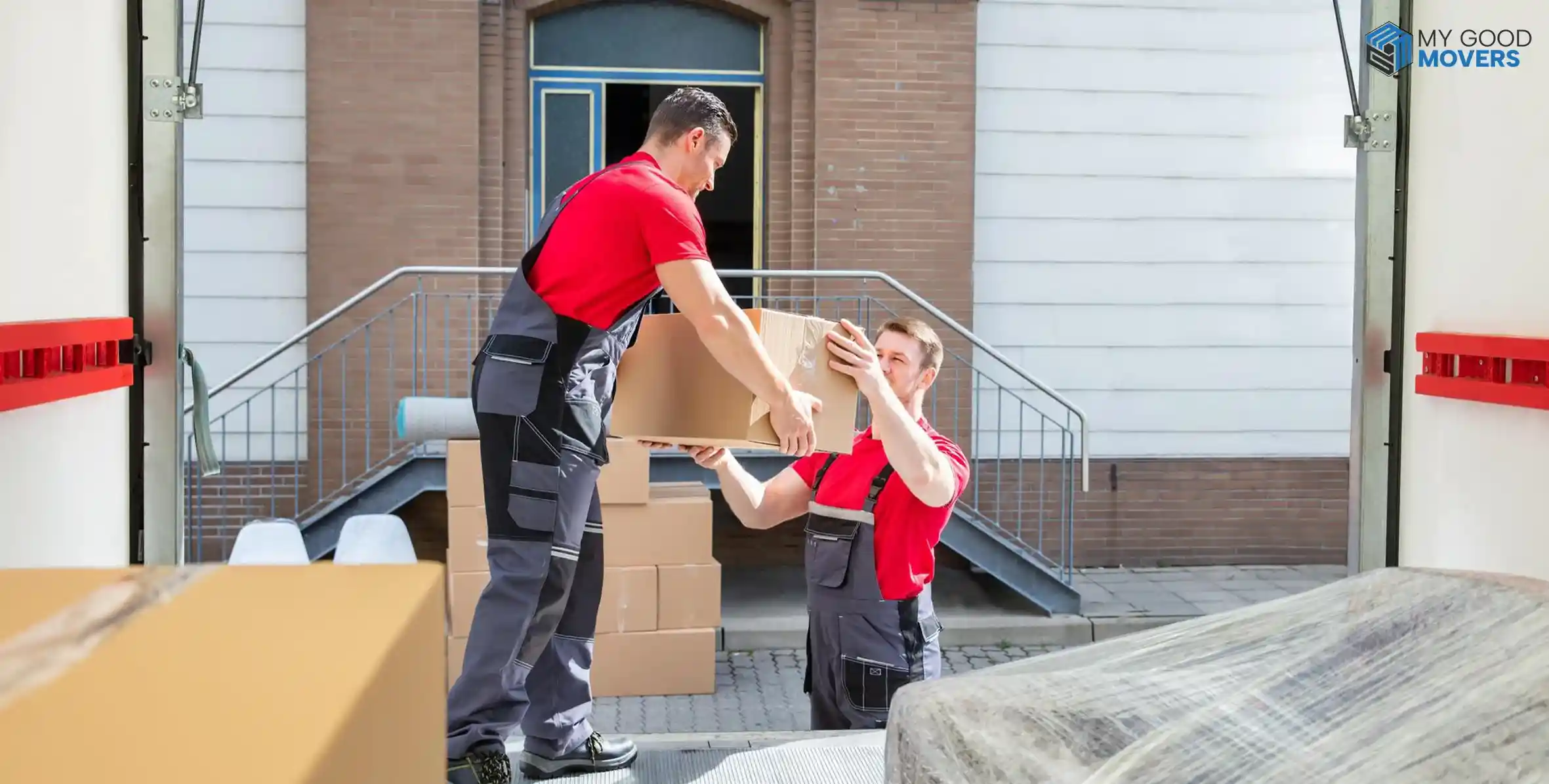
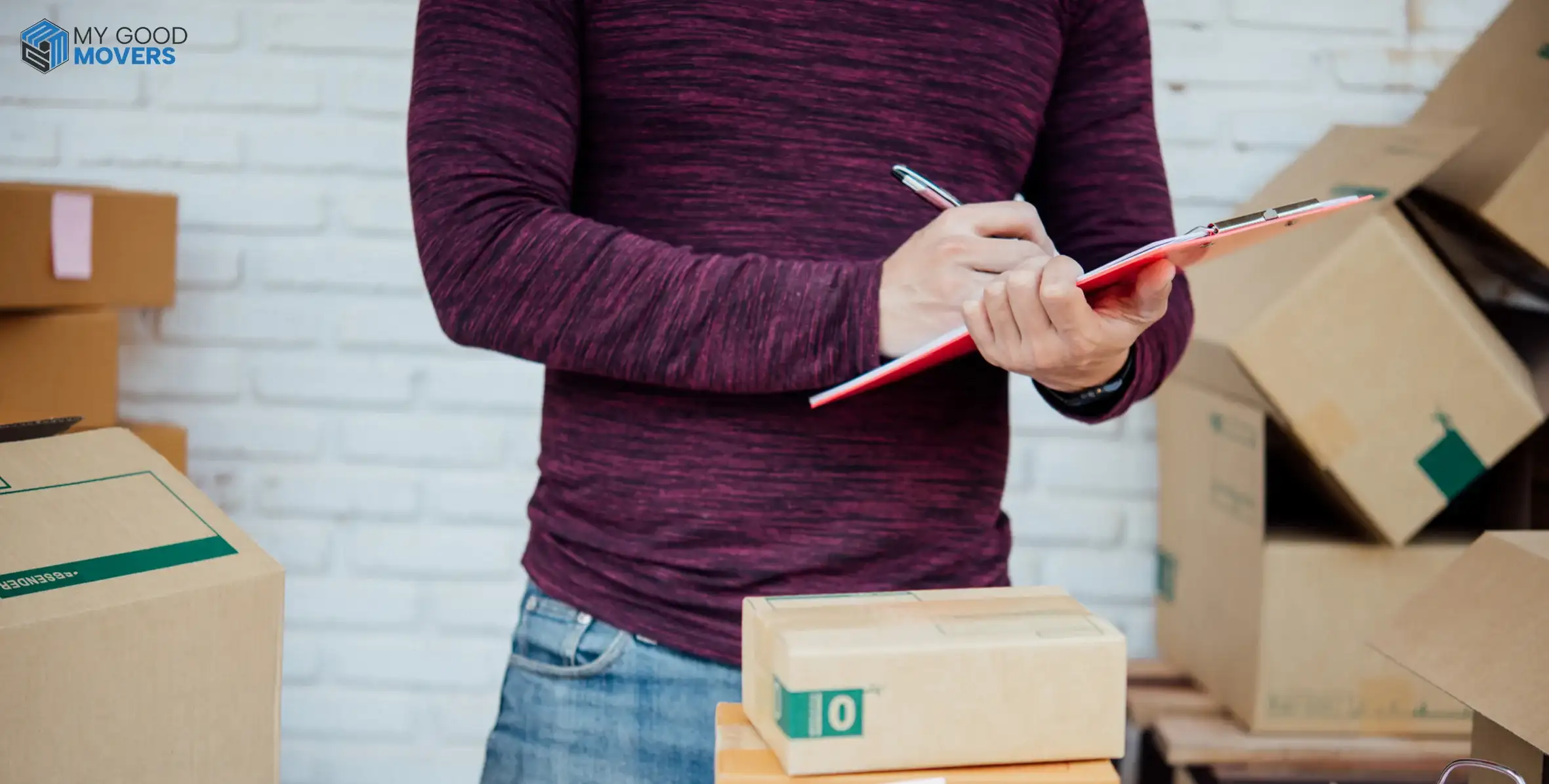
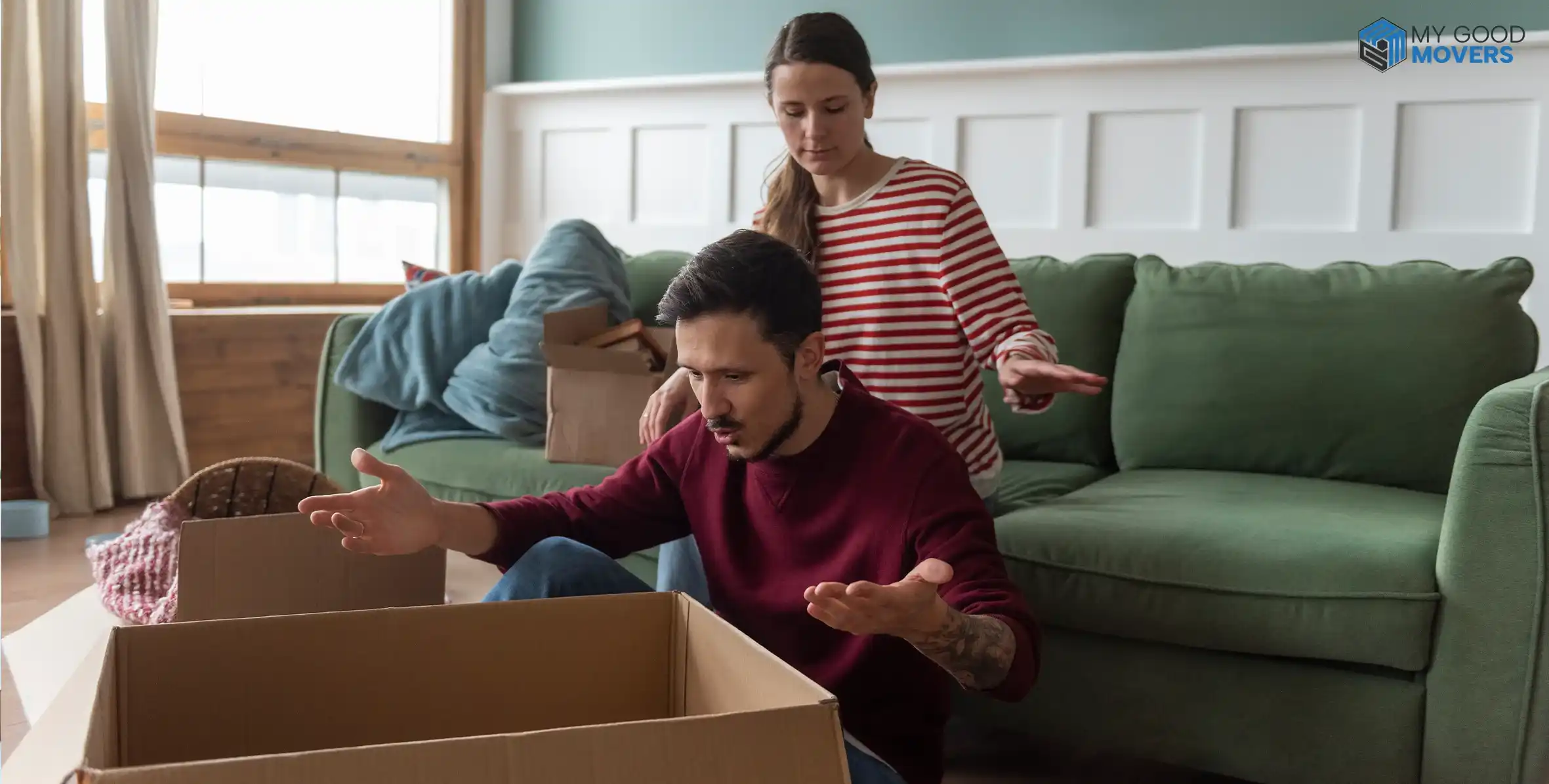


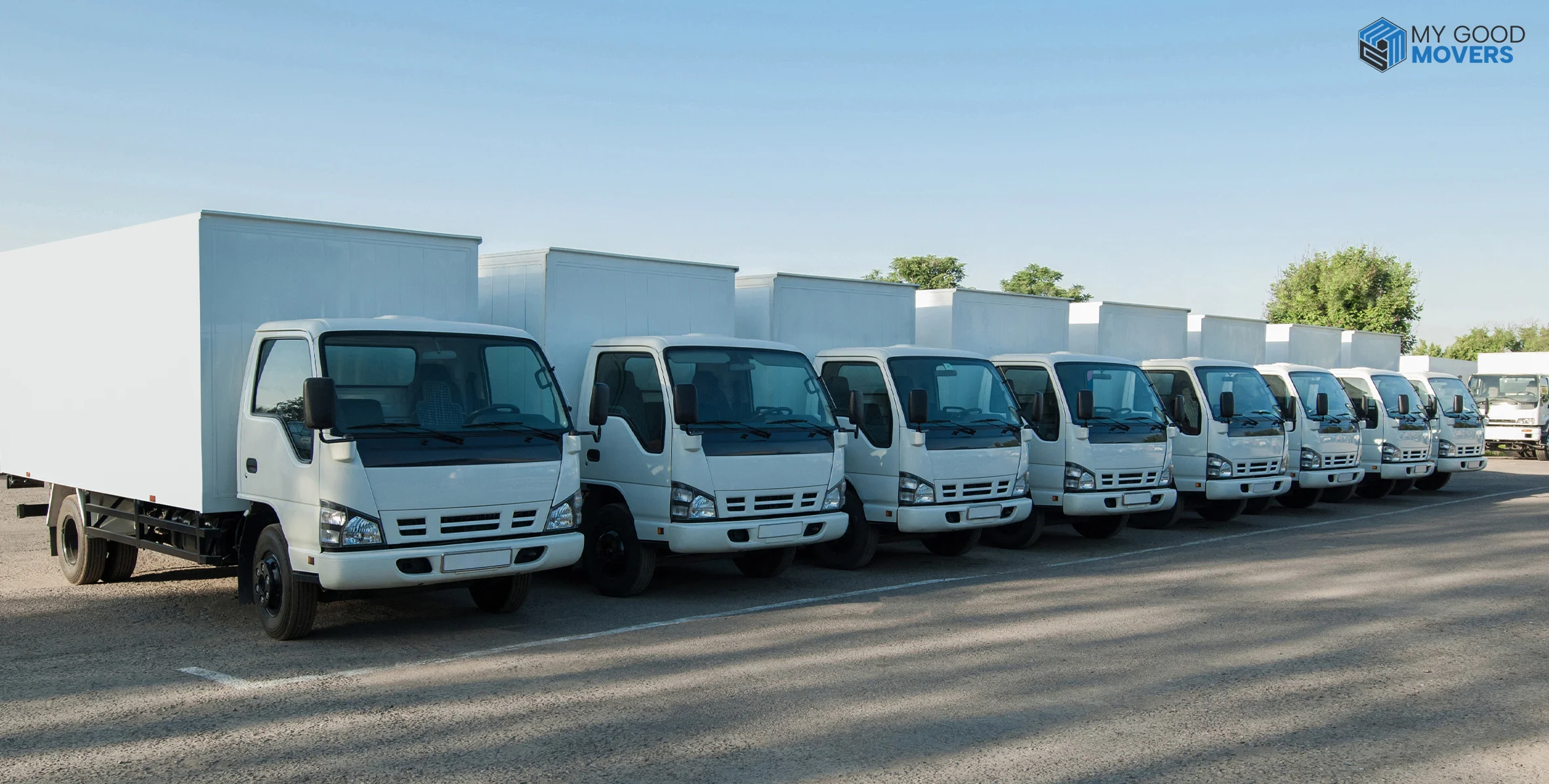
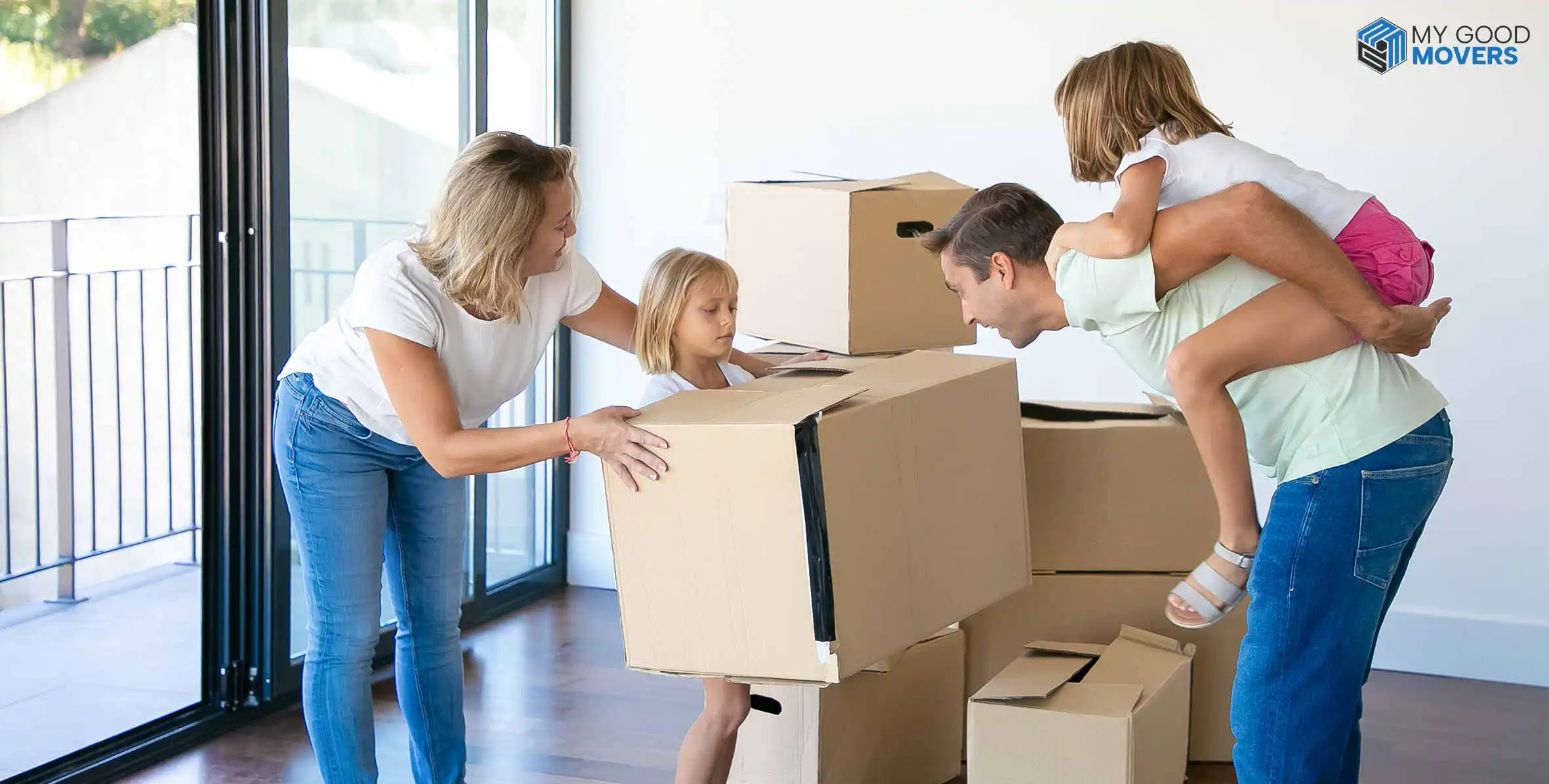

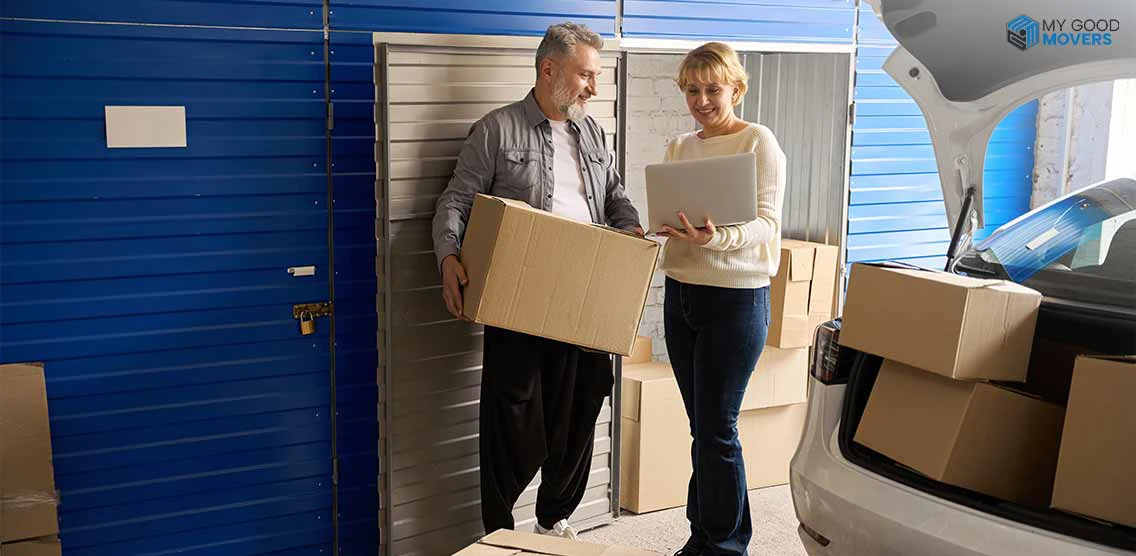
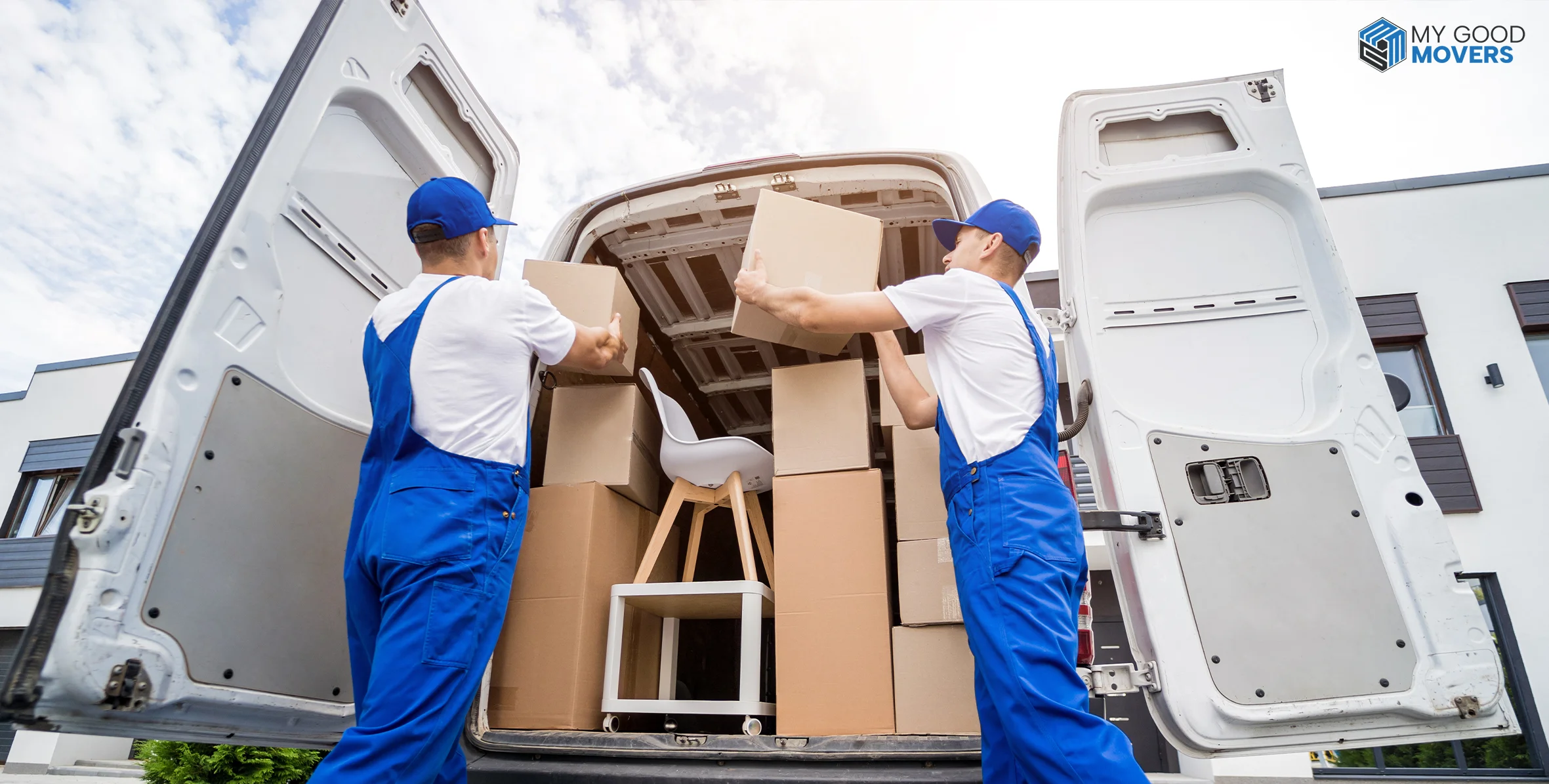








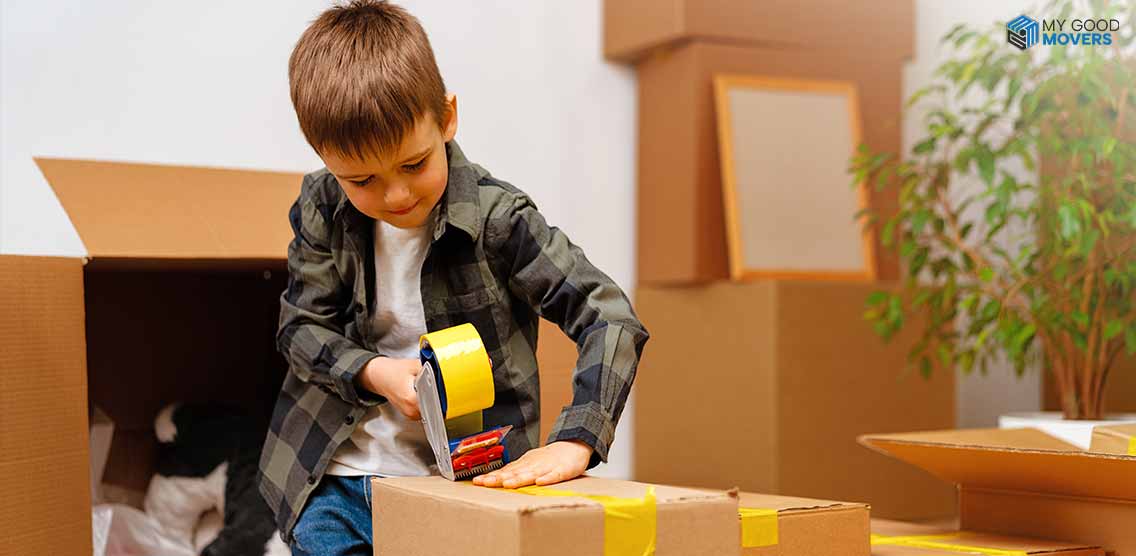
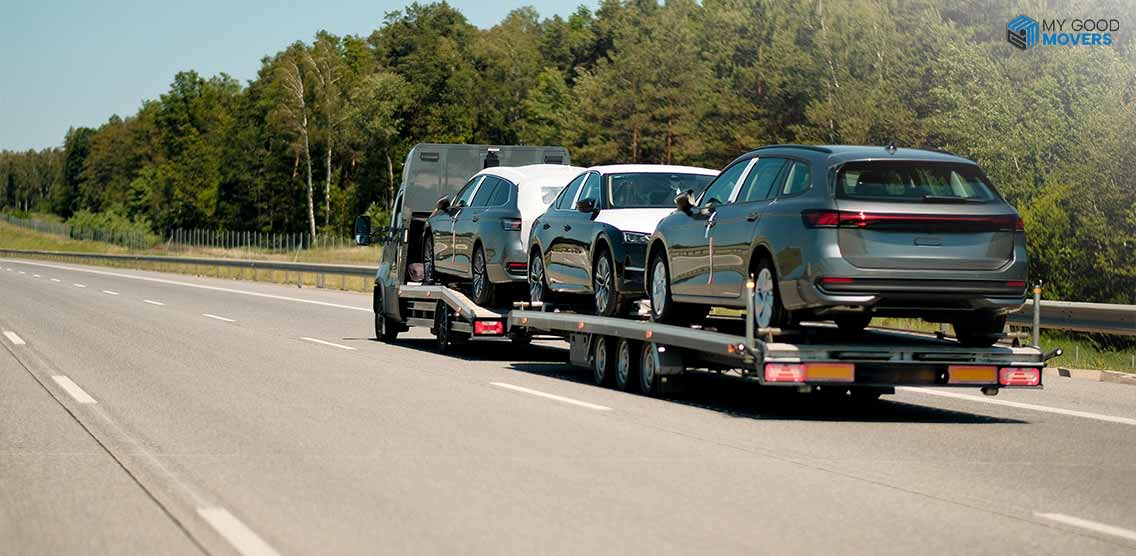
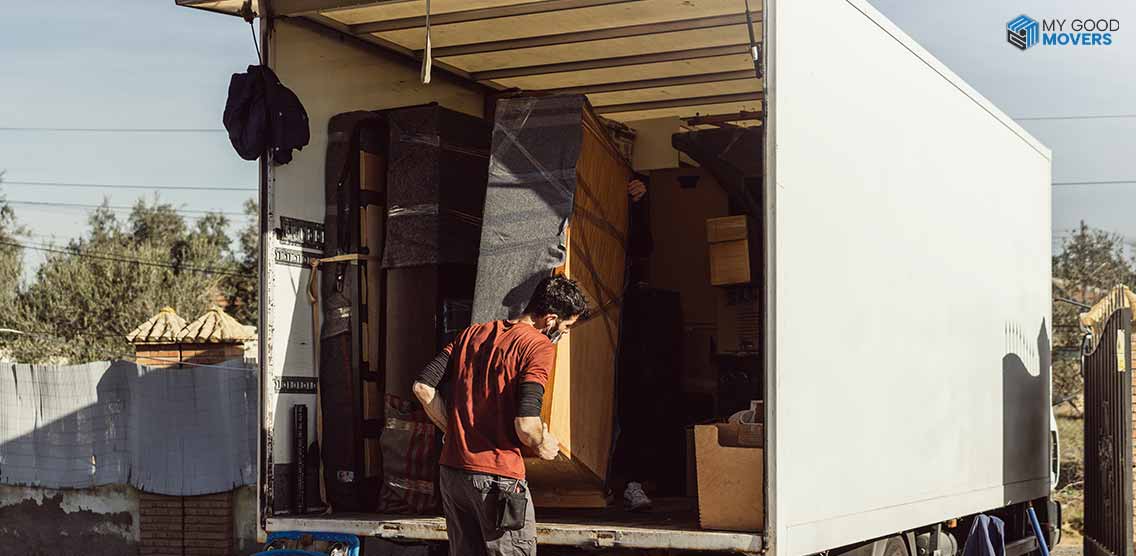
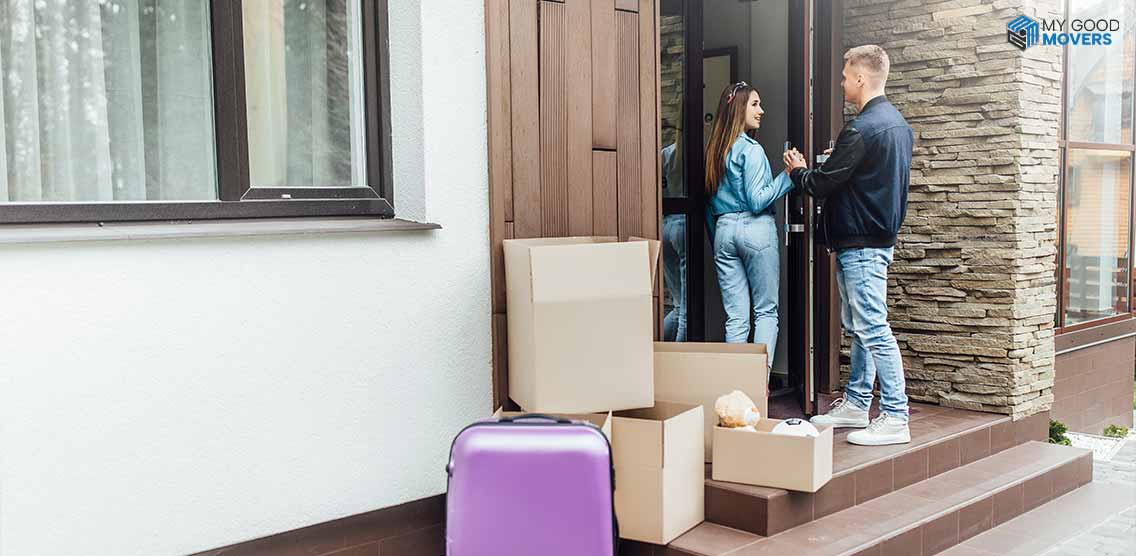


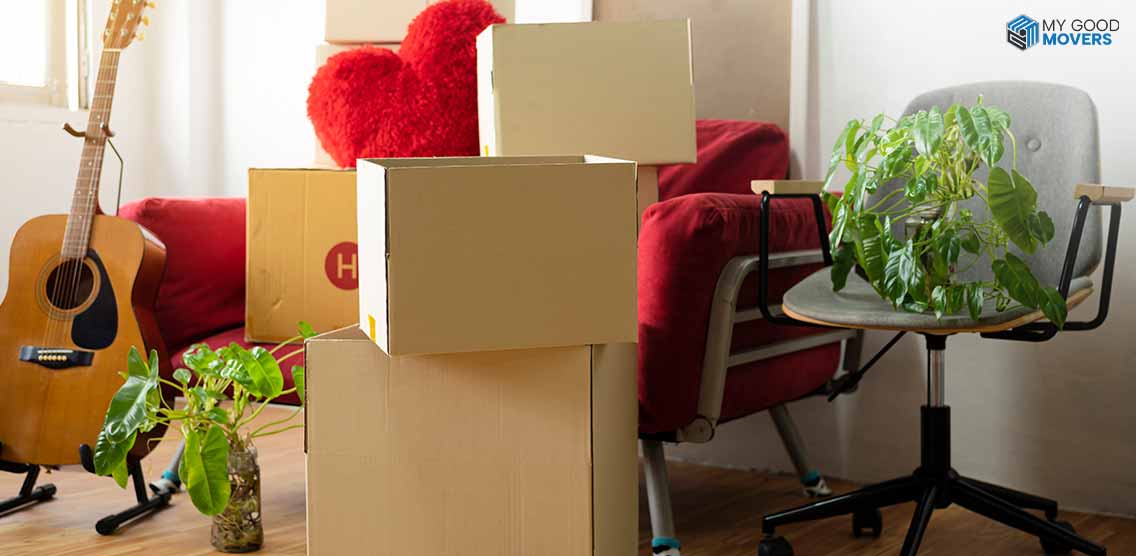




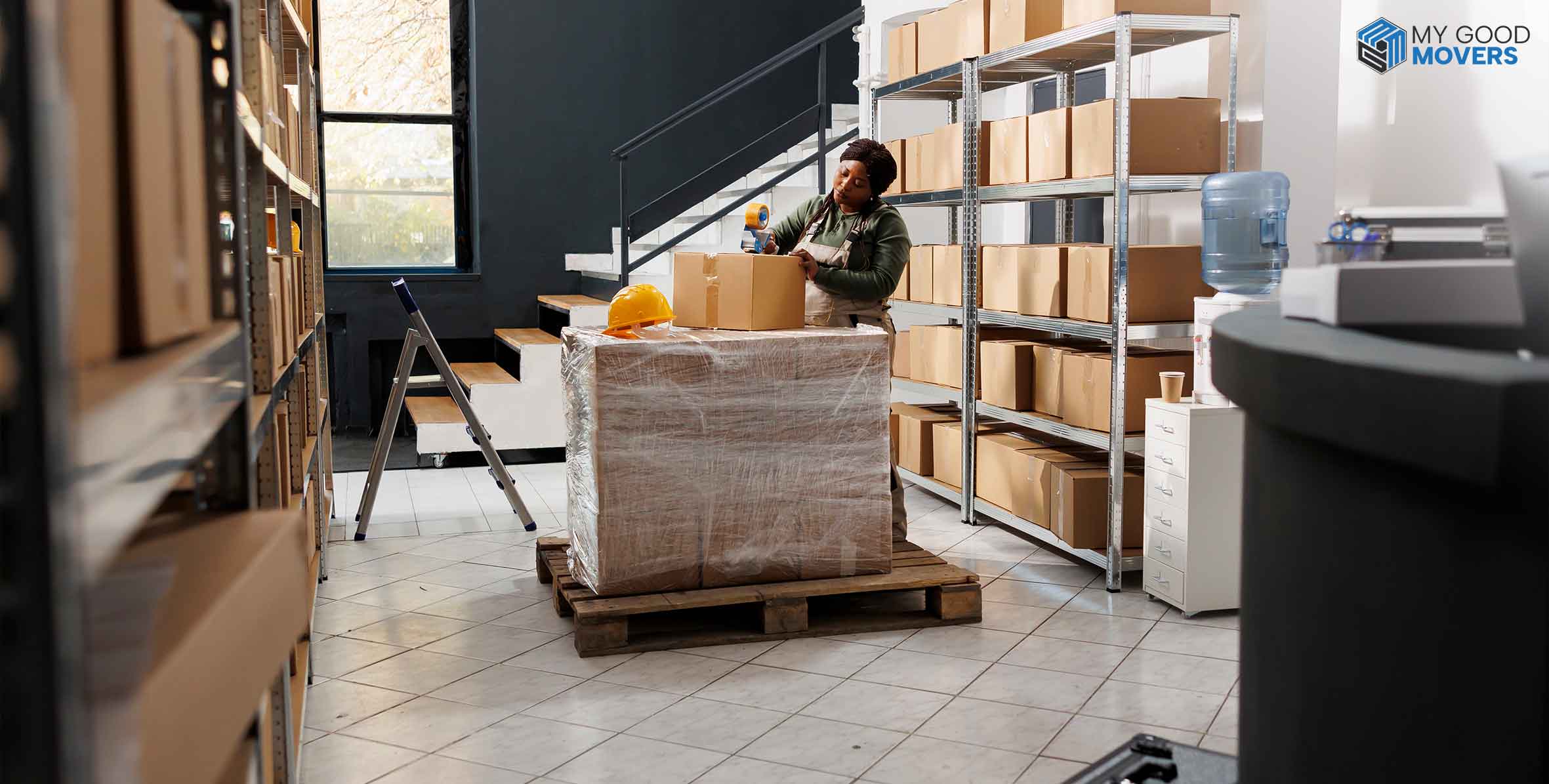

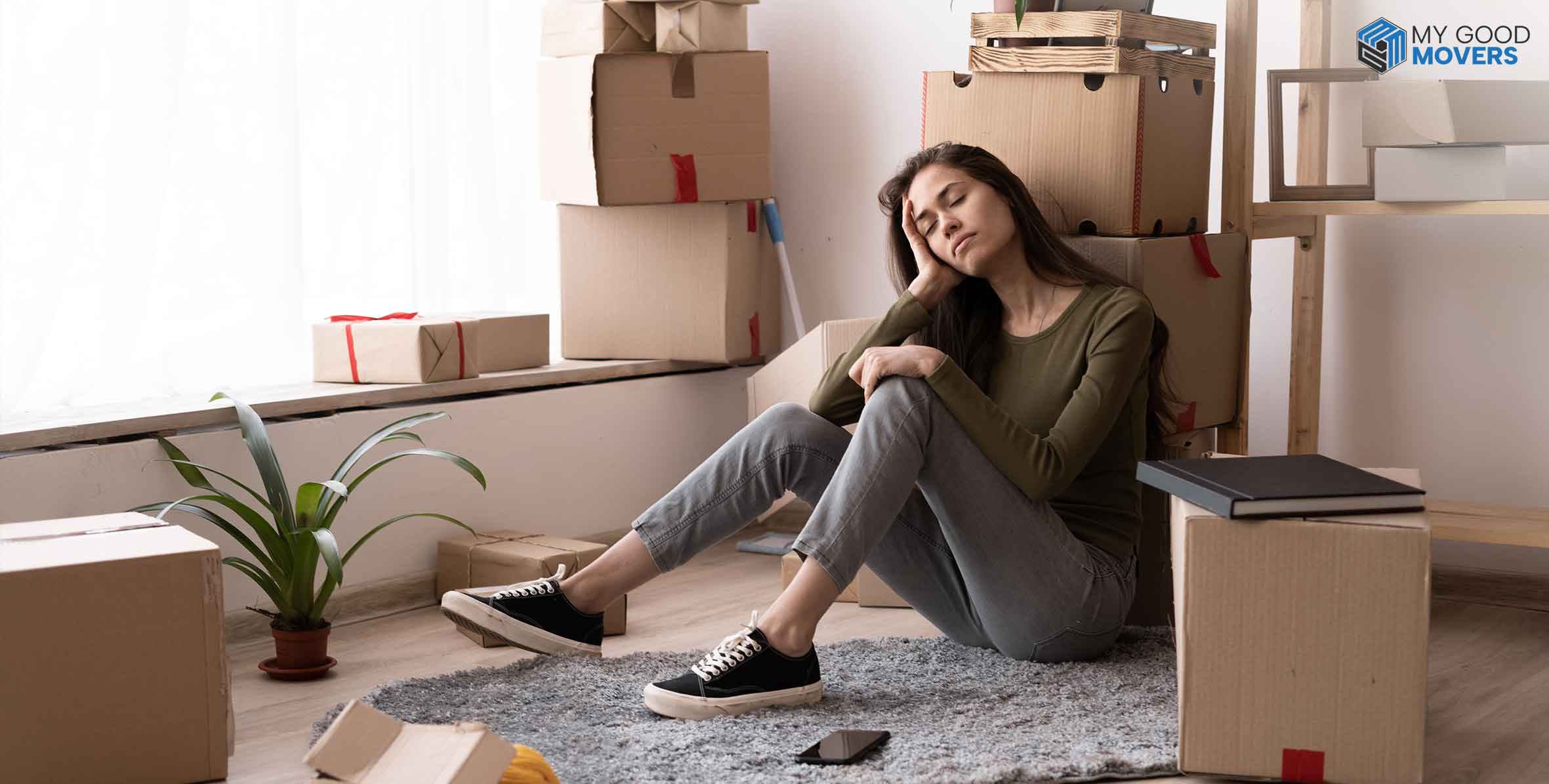

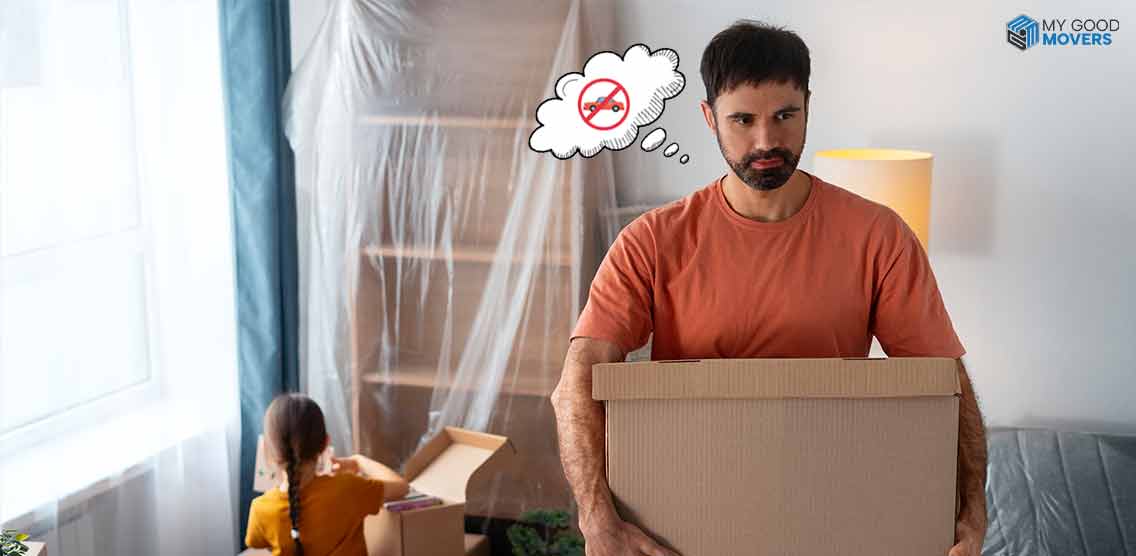







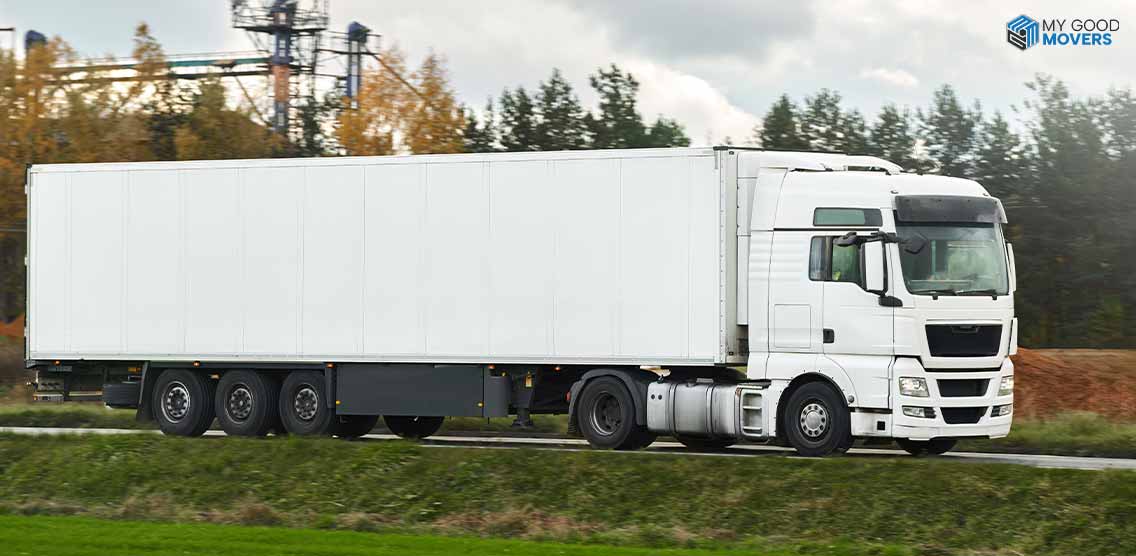





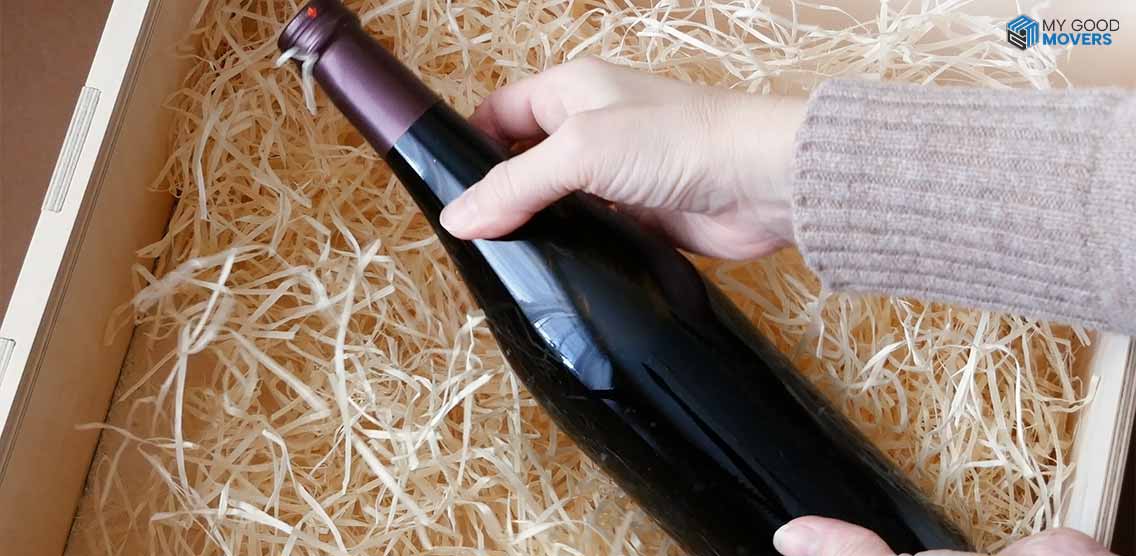

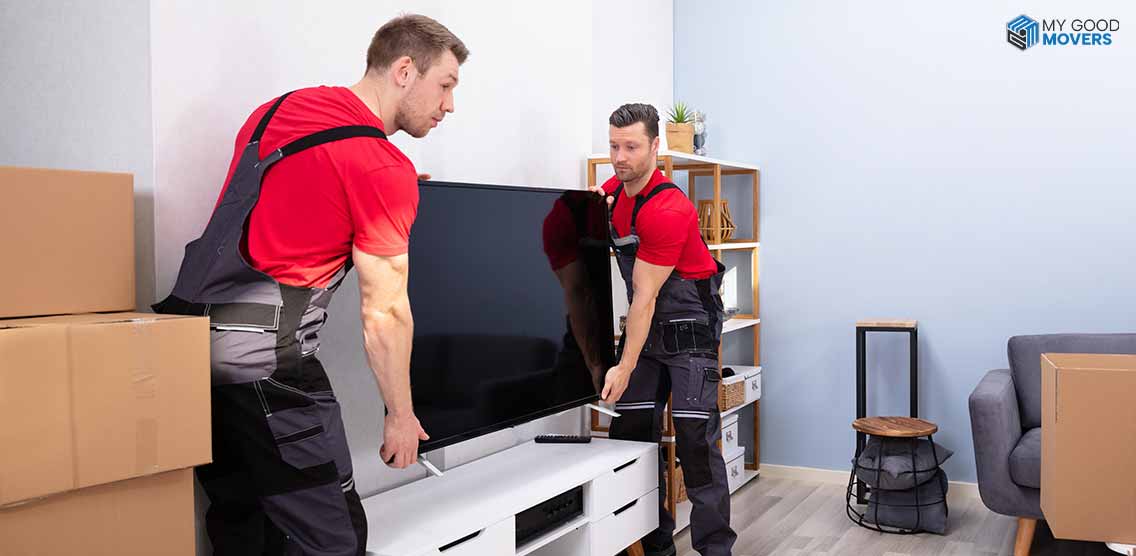





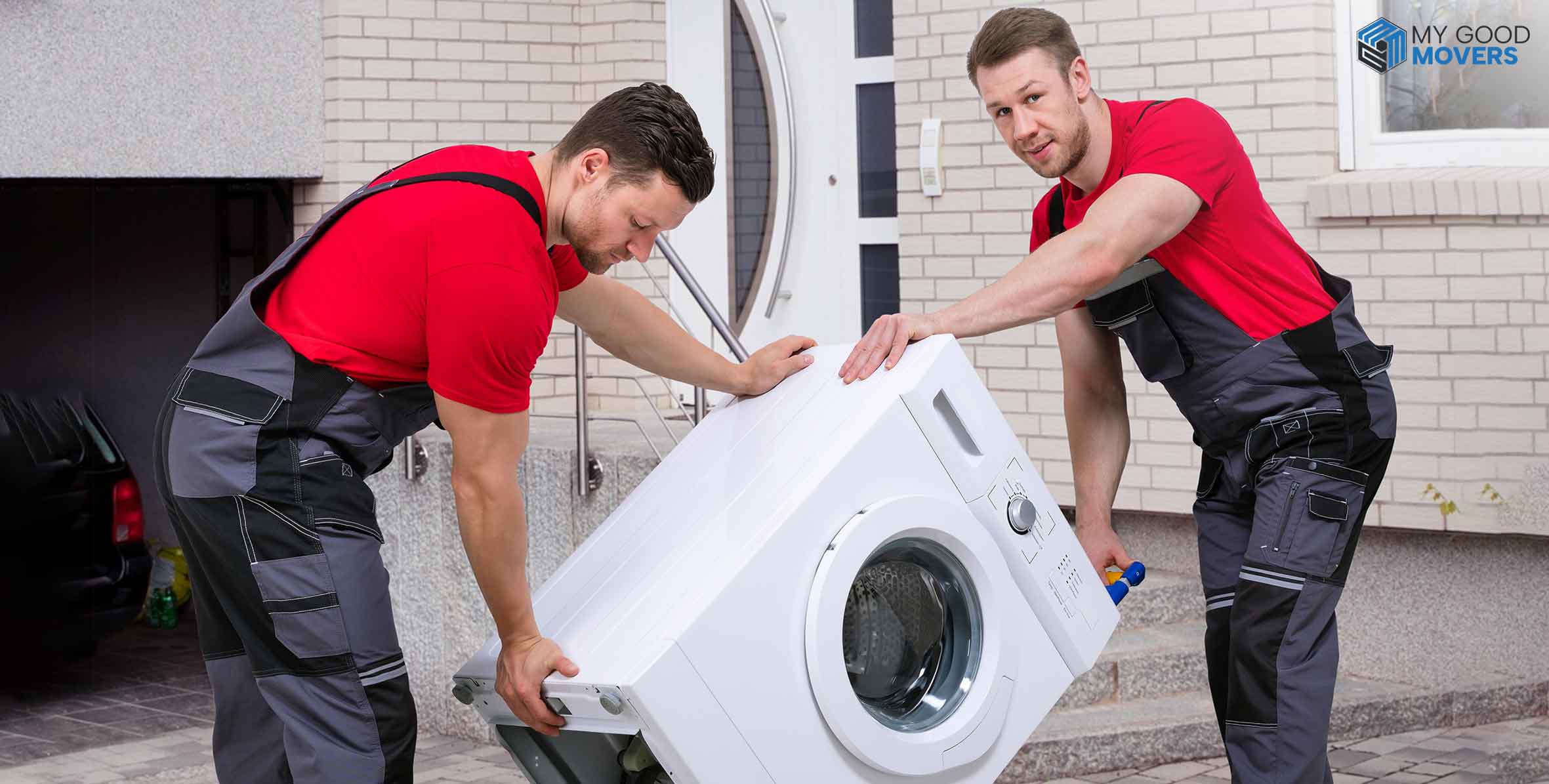




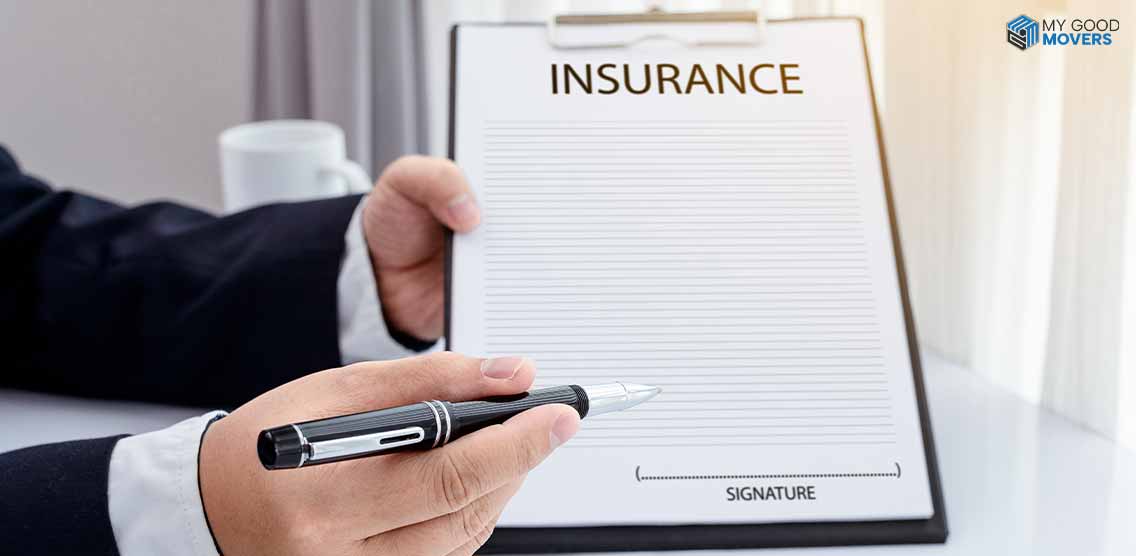
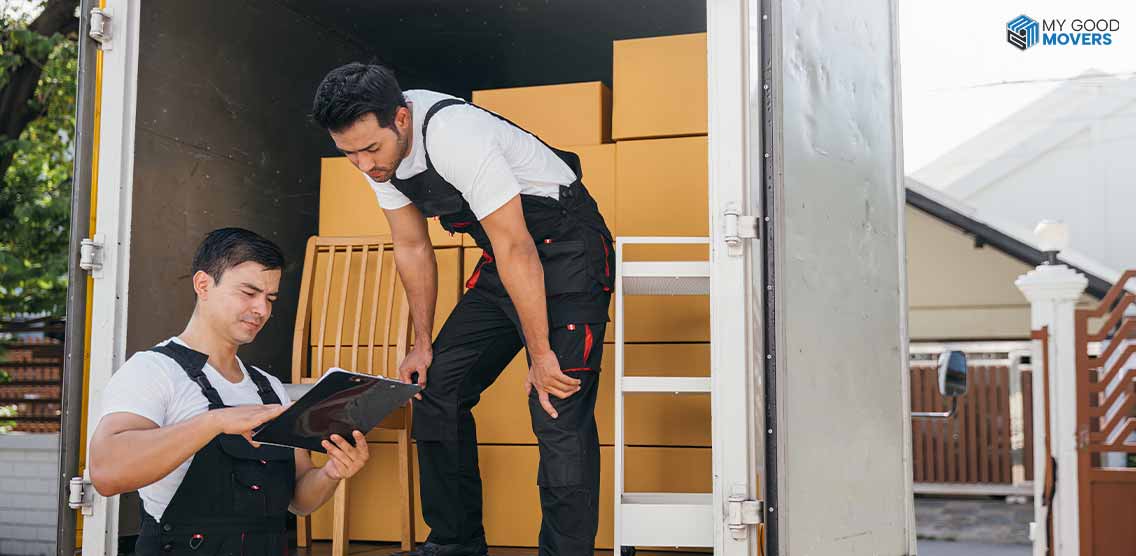

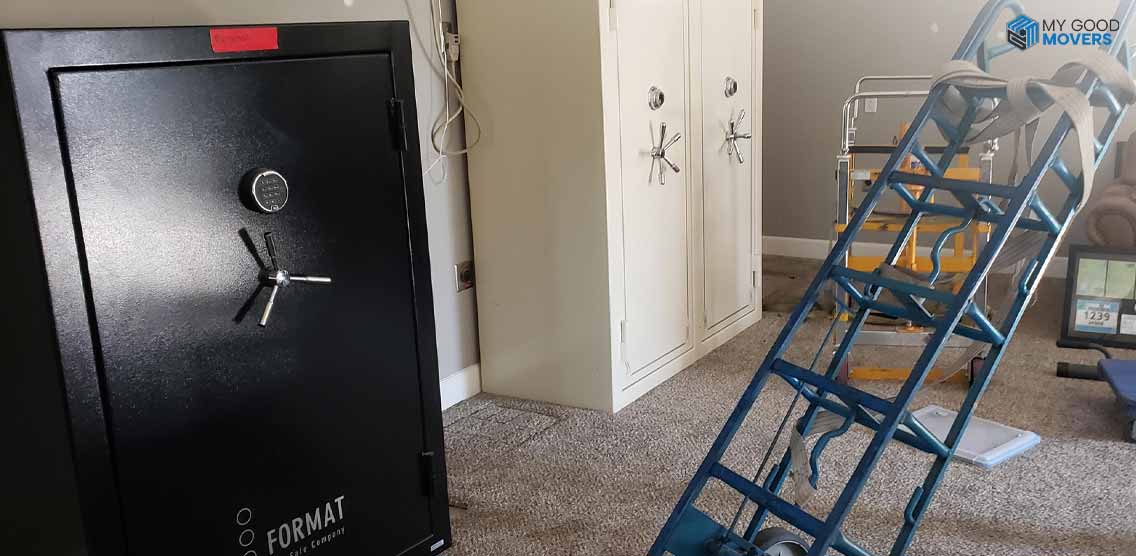
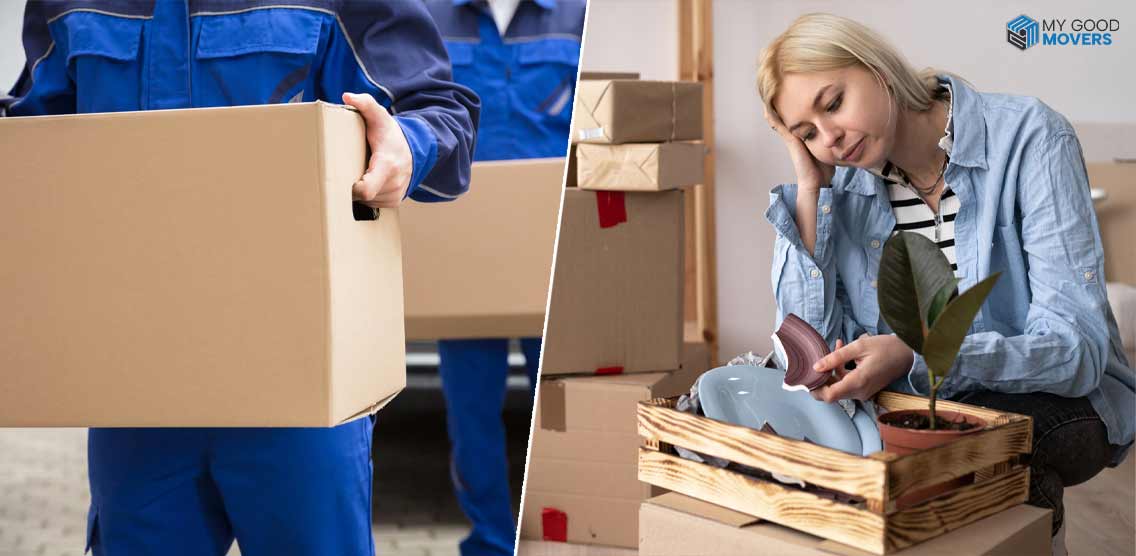
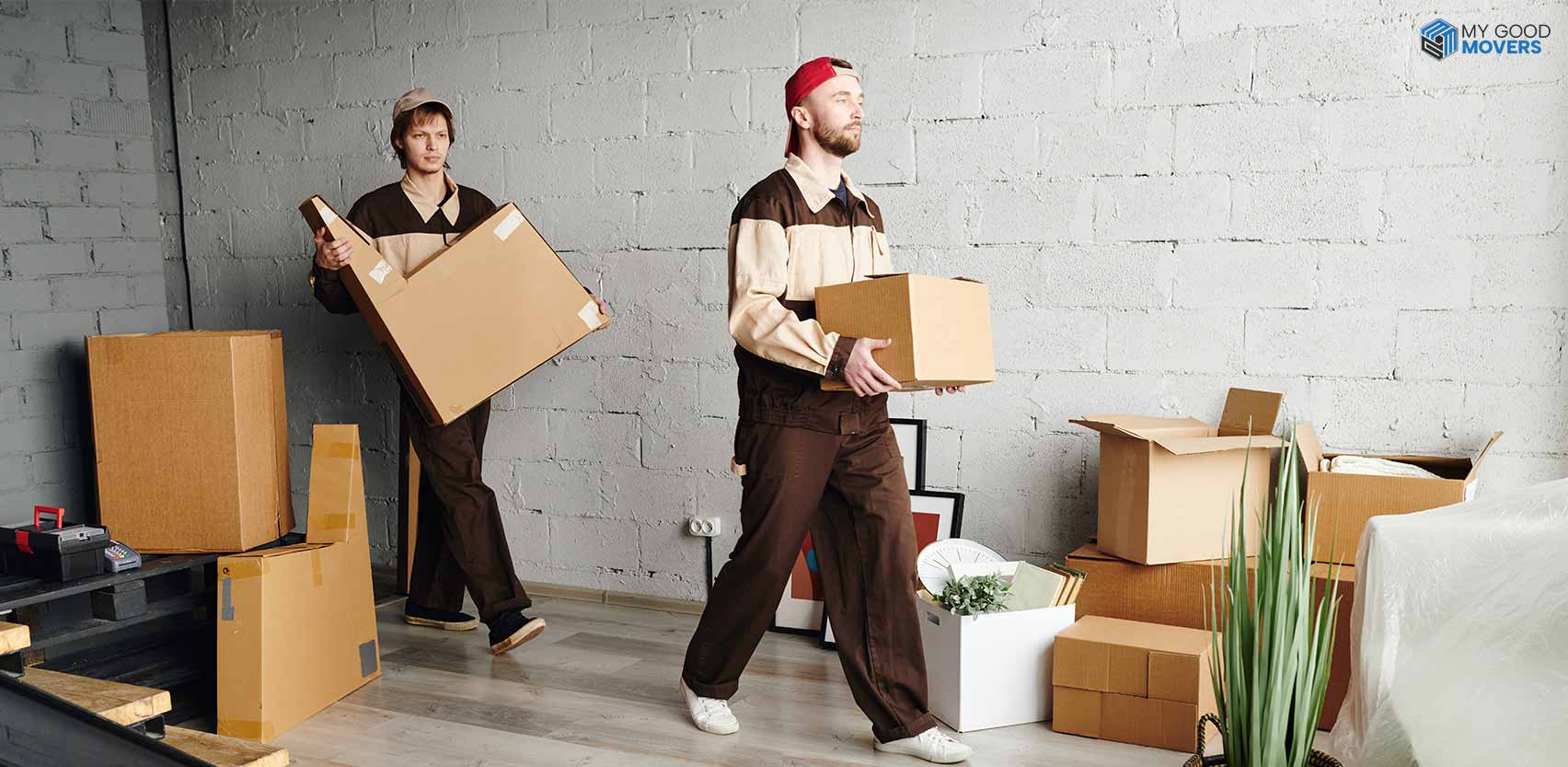




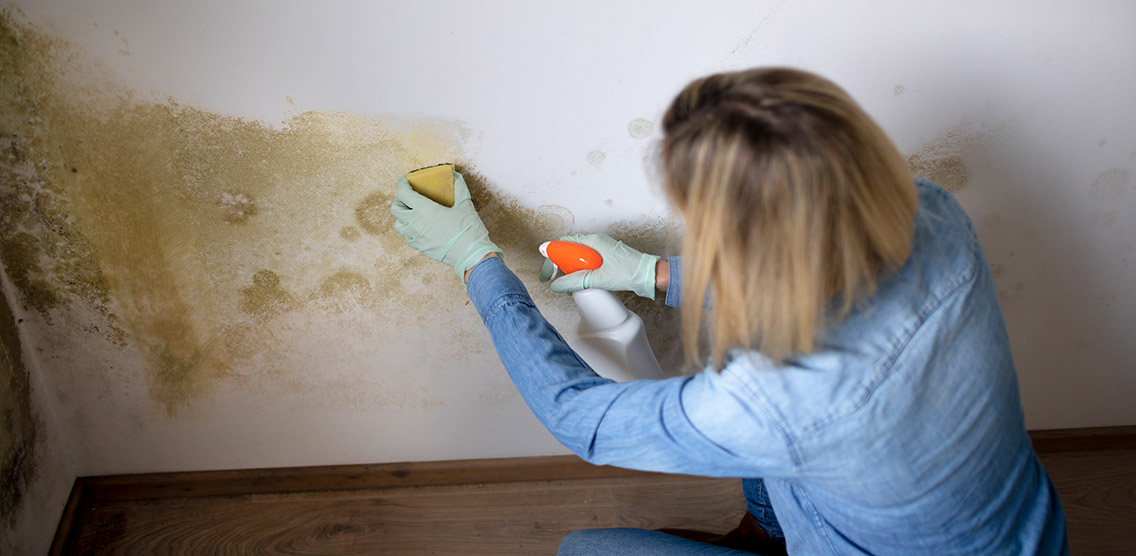

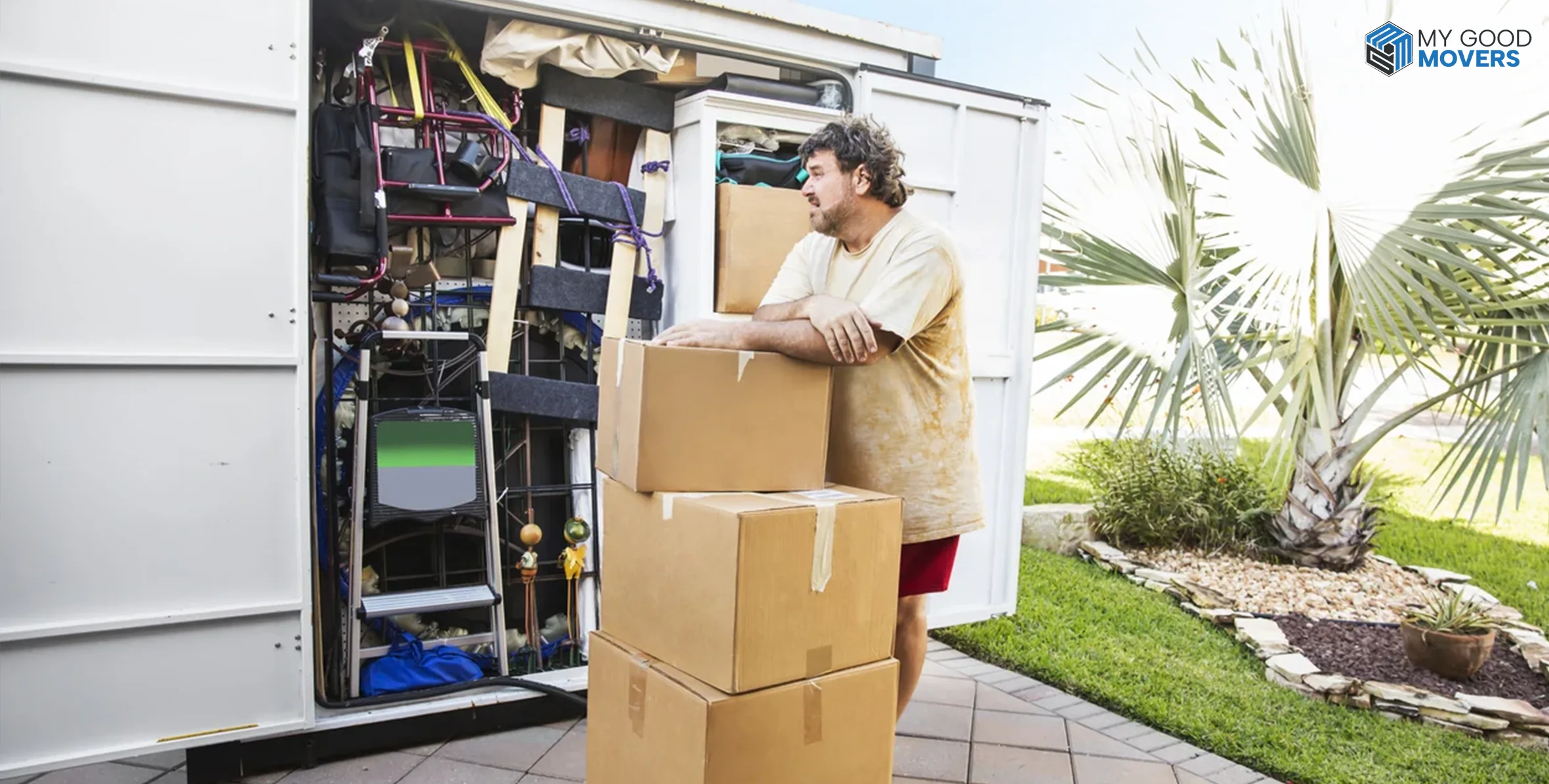
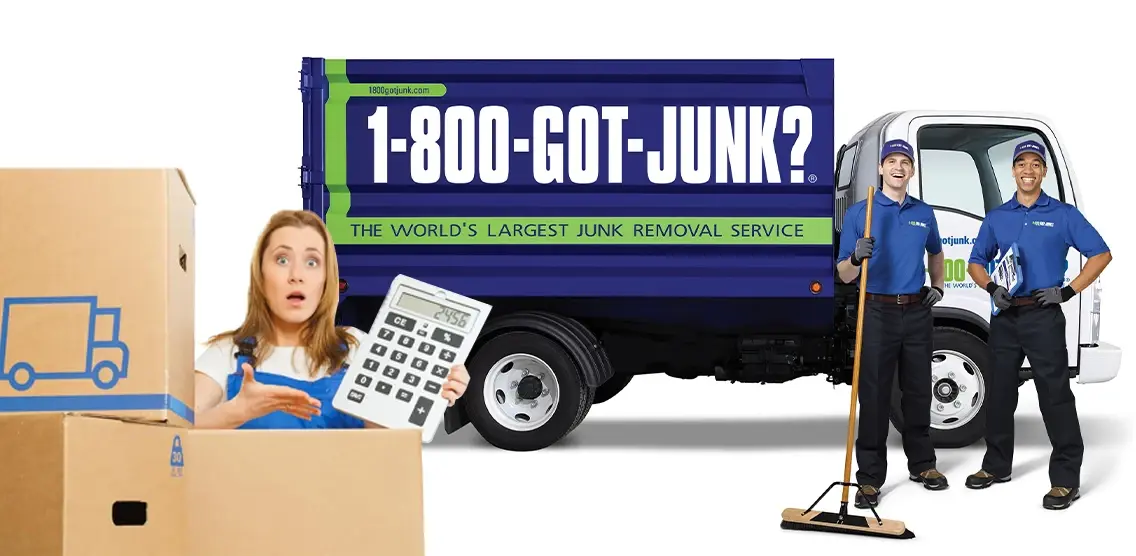
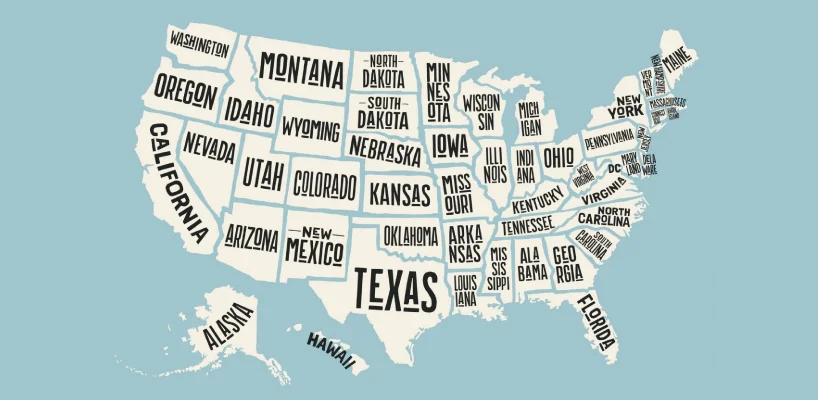

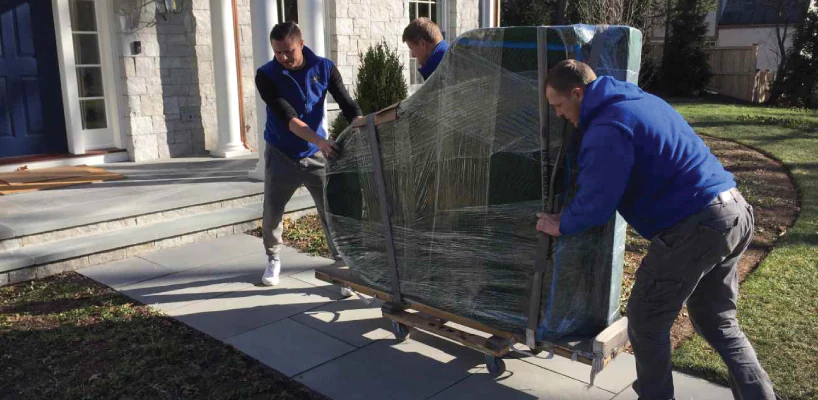

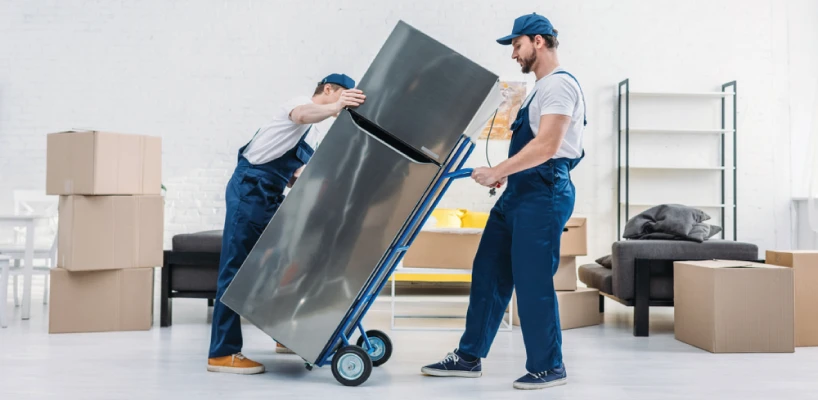

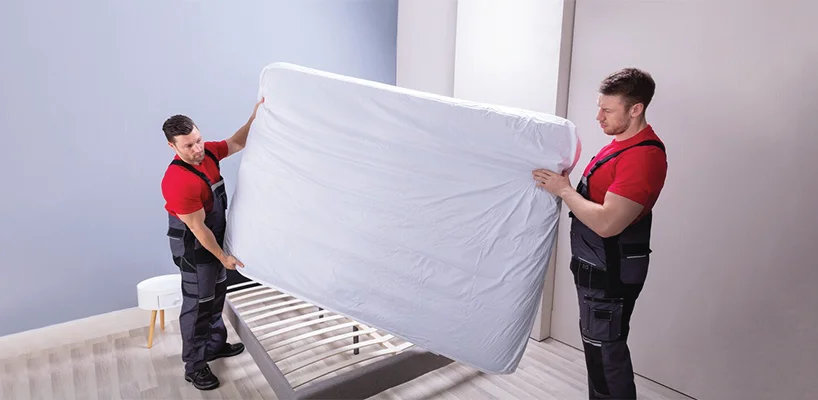
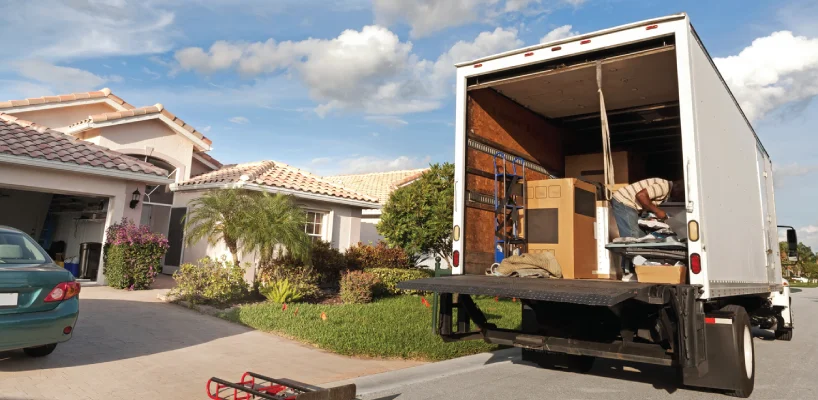
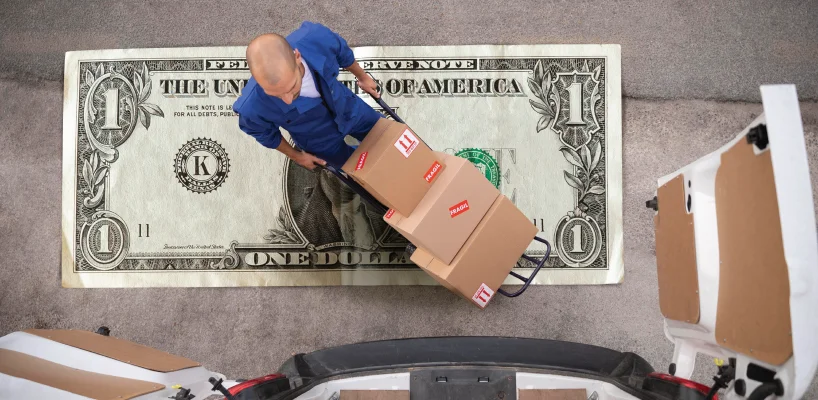
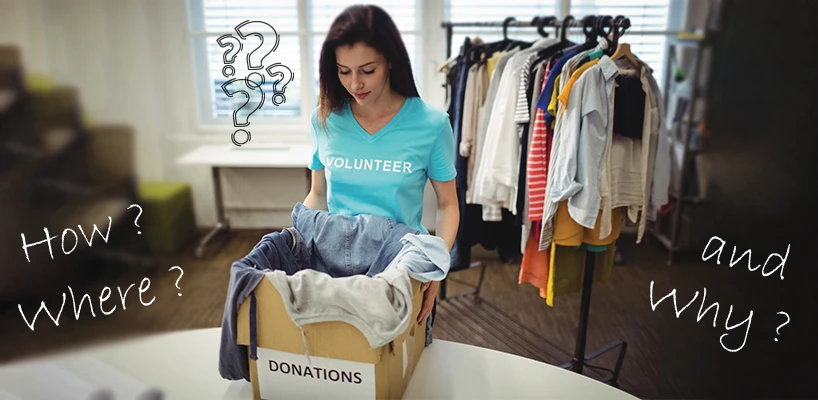
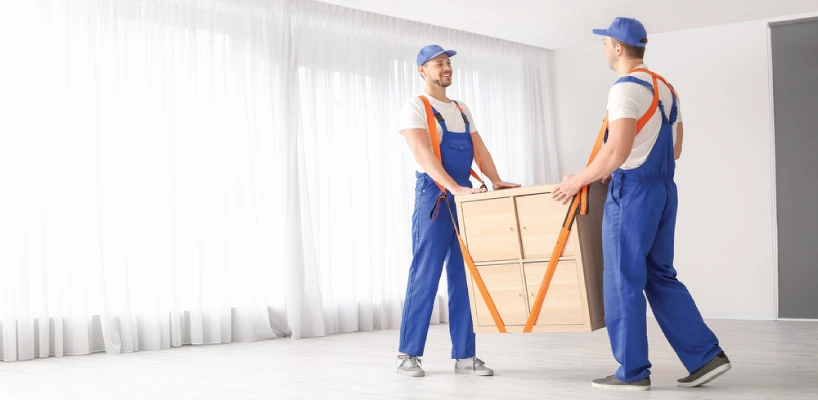

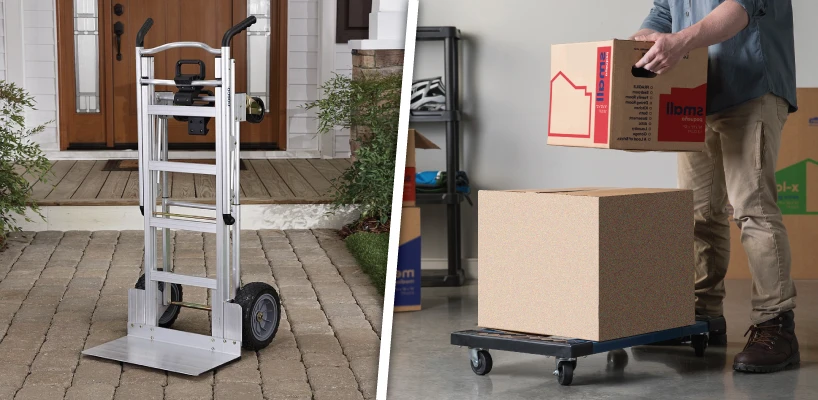
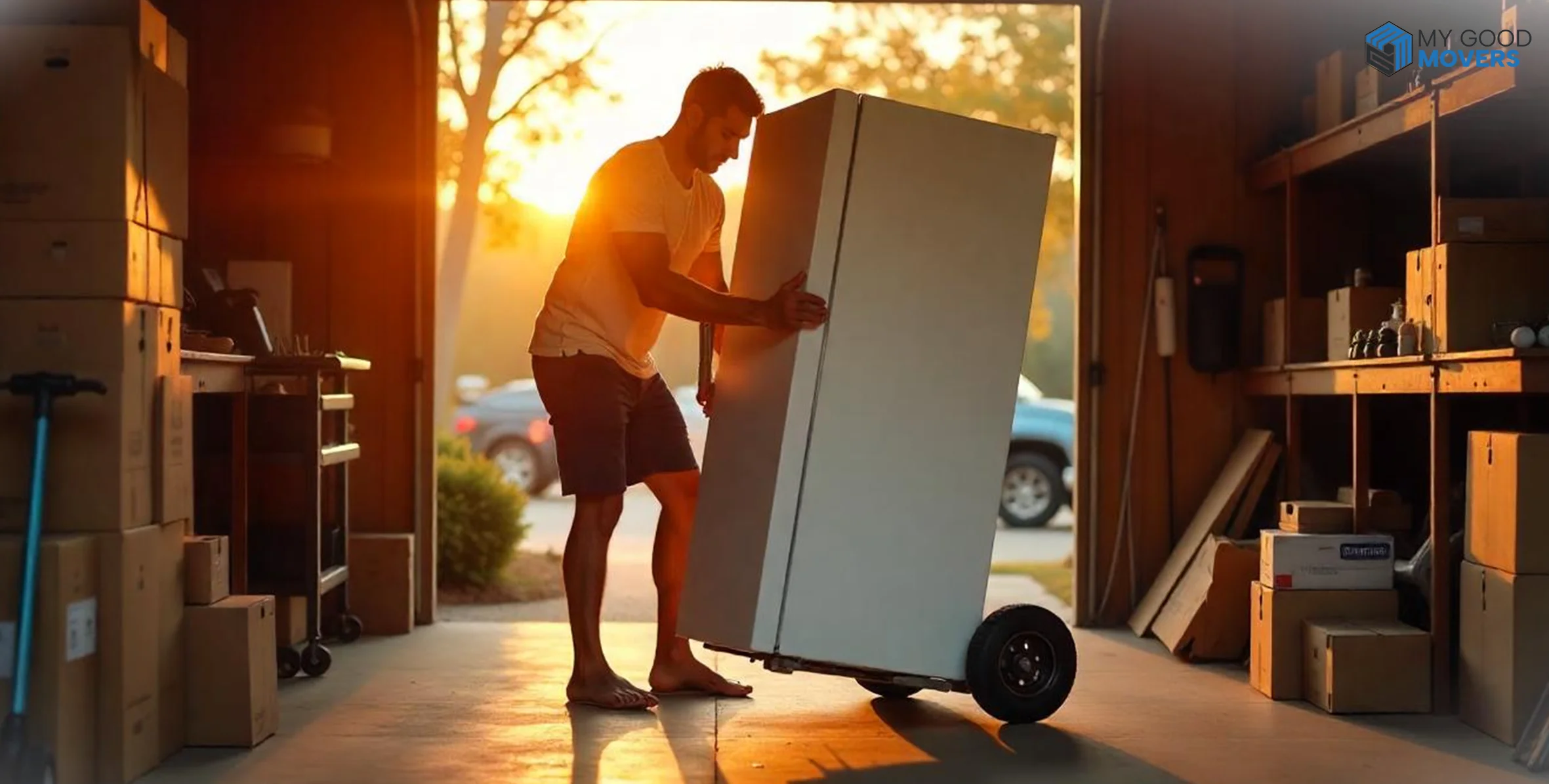
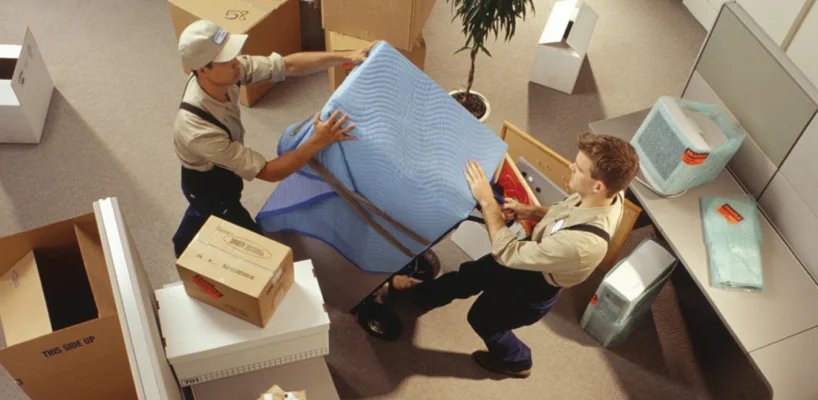


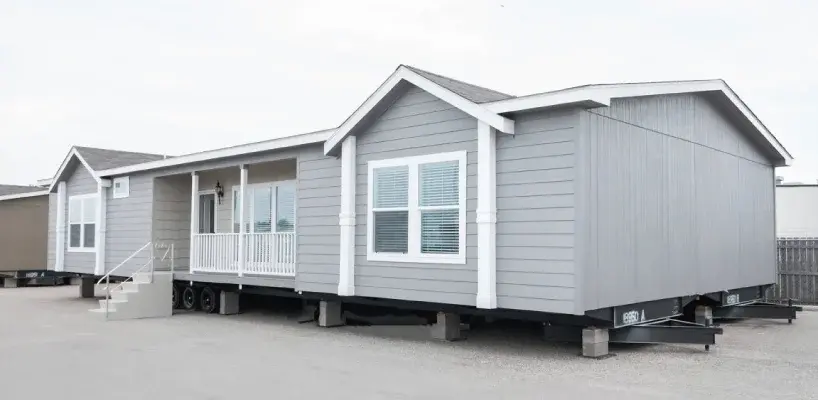


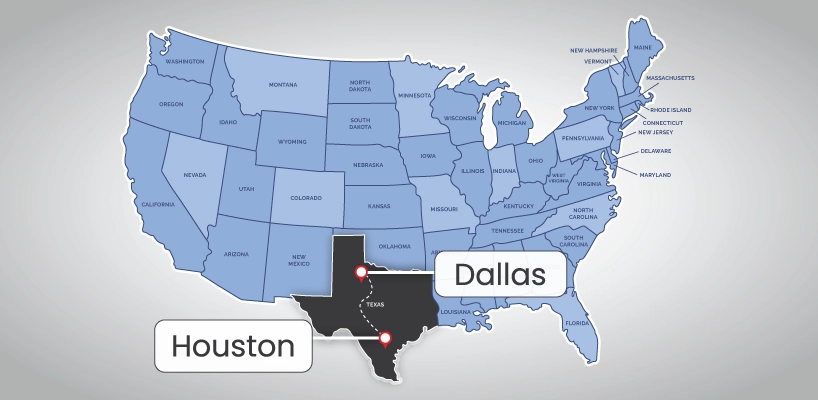

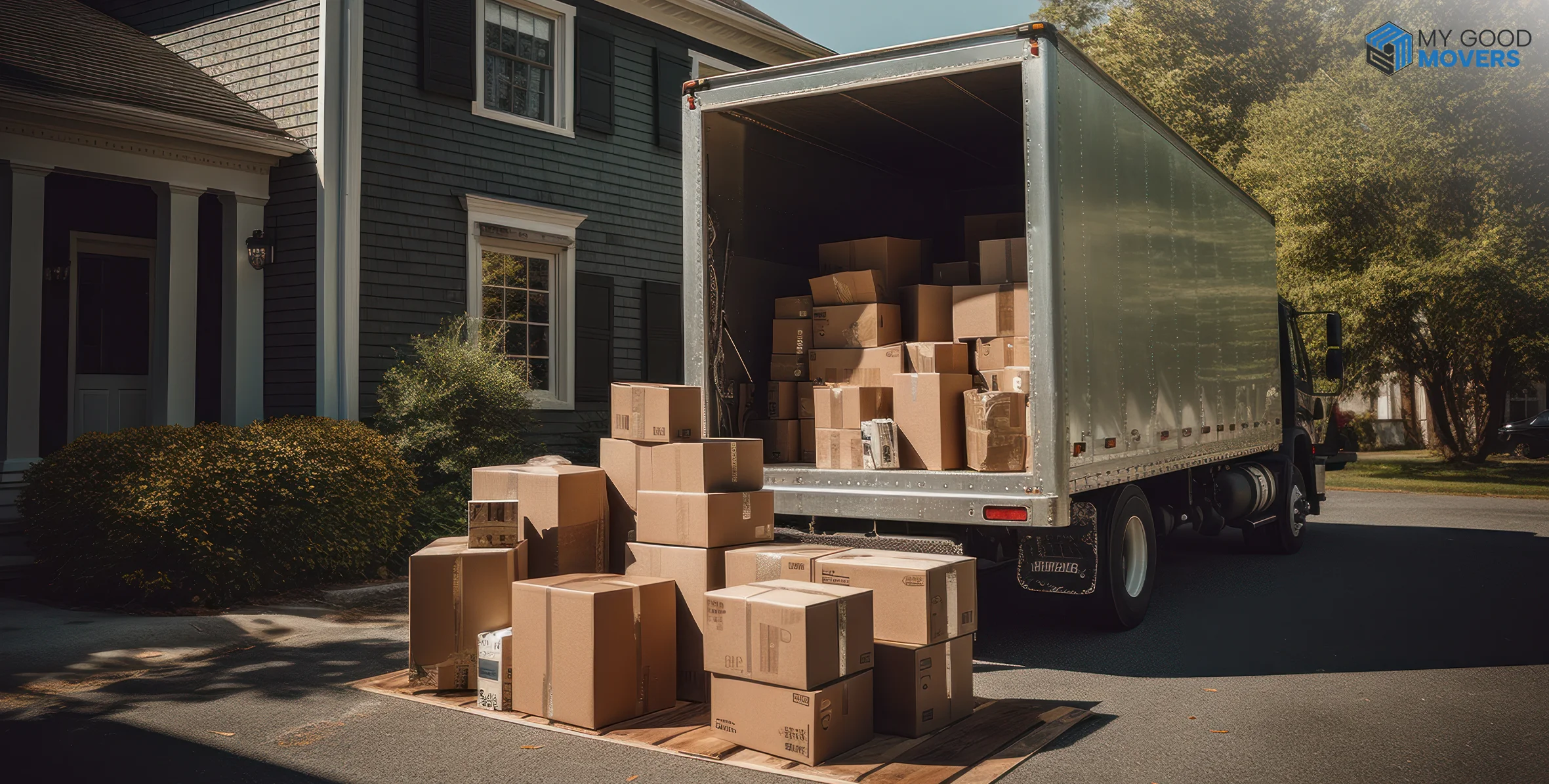
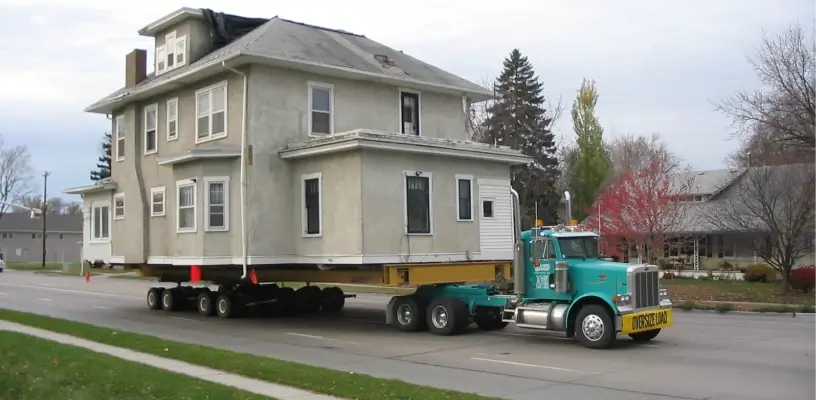
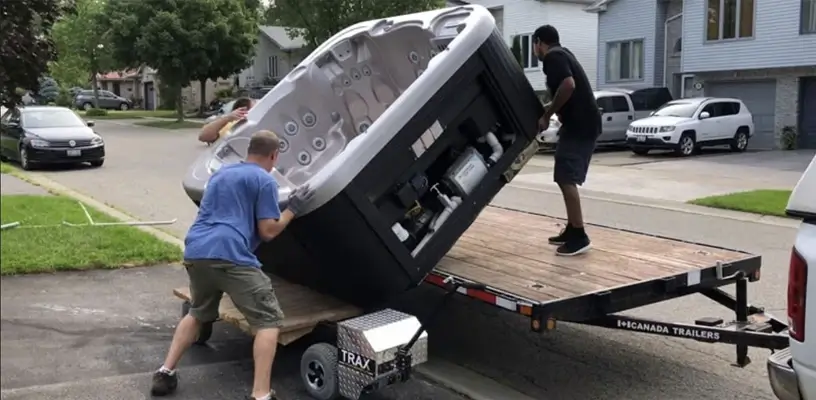


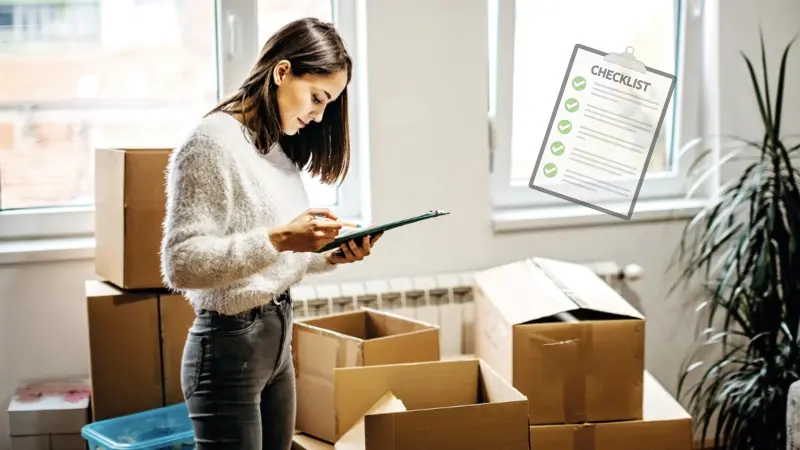

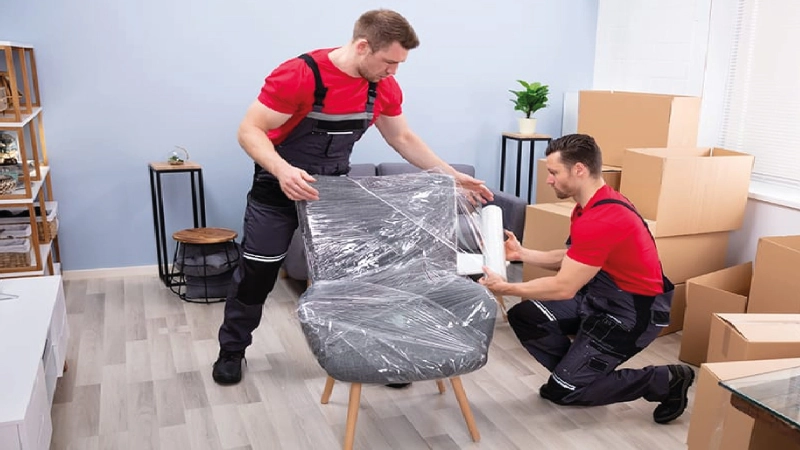

 (239) 799–6077
(239) 799–6077